Acupuncture can seem like a mystical art to some, but it’s become one of the most common treatments used for recovery and pain relief. With that popularity, though, there is still a widespread lack of knowledge about how needle therapy can make you feel better.
So here, Built for Athletes takes a look at just how acupuncture works.
How Acupuncture Came To The West
The treatment originates from ancient China, with historians tracing signs of it as far back as 6000 BC. It wasn’t until the 1970s, however, that acupuncture started to make its way into western culture after an American journalist was treated with it following an emergency appendix operation when visiting China. He wrote of his experience in the New York Times which led to widespread interest in the topic.
Today, acupuncture is widely used to treat various types of pain, including joint pain, postoperative pain and chronic pain.
How Acupuncture Works
Sensory nerves are stimulated by the insertion of needles, which results in the body producing hormones and natural substances such as endorphins which relieve pain. It is often administered in a course rather than just as a one-off treatment, and this tends to lead to more of a long-term benefit in terms of pain relief.
However, traditional theories claim that illness and discomfort are caused when the “life force” that moves through us is stopped from flowing smoothly and that acupuncture is used to restore its proper flow.
How & Where Are Needles Inserted
Acupuncture needles are extremely fine and usually only a few centimetres long.
They are single-use and could be inserted in a number of places in any one session, depending on the symptoms the patient is experiencing. Needles tend to be inserted just under the skin, but sometimes can go deeper so that they
reach the muscle. It’s typical to feel a tingling or an ache during acupuncture, but not severe pain.


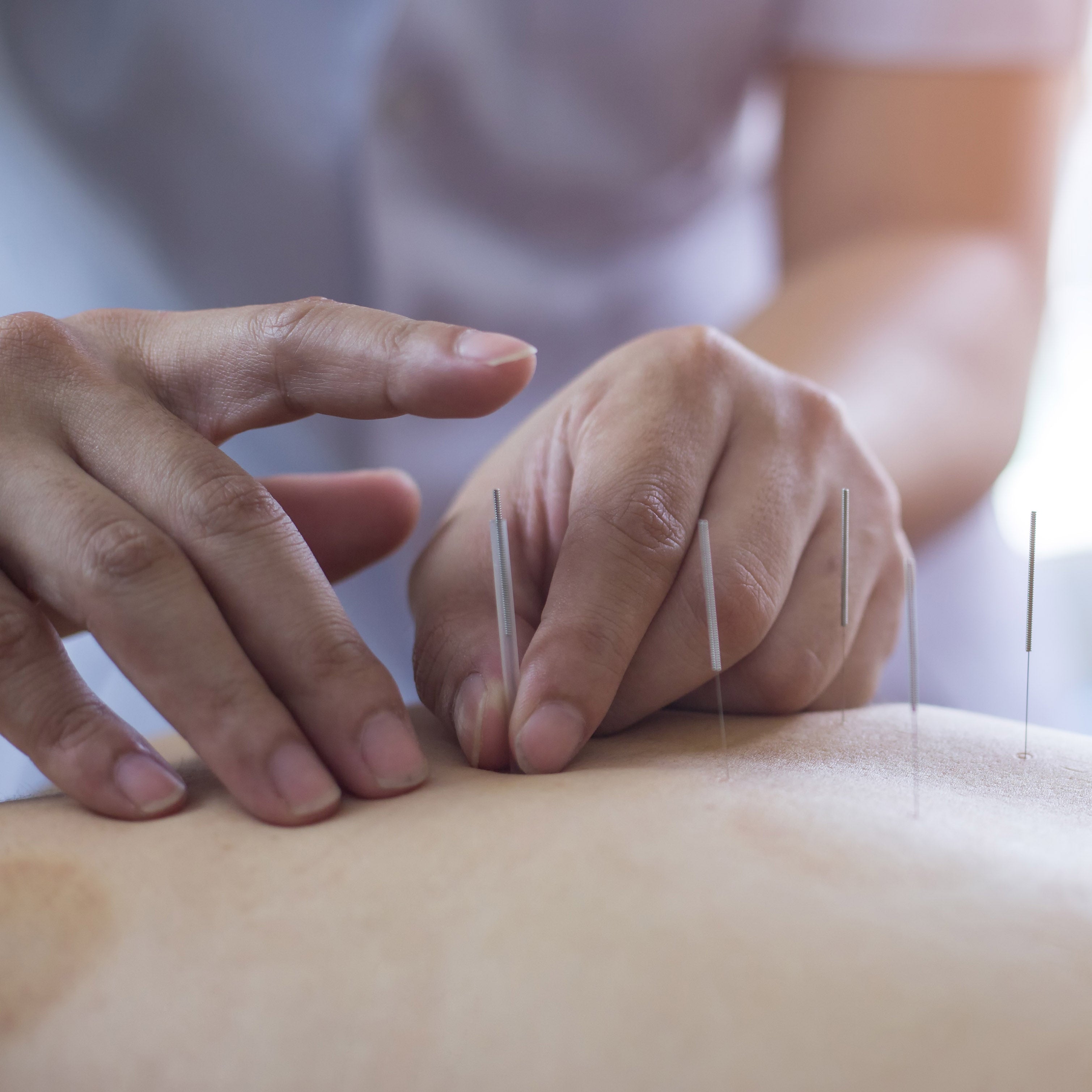
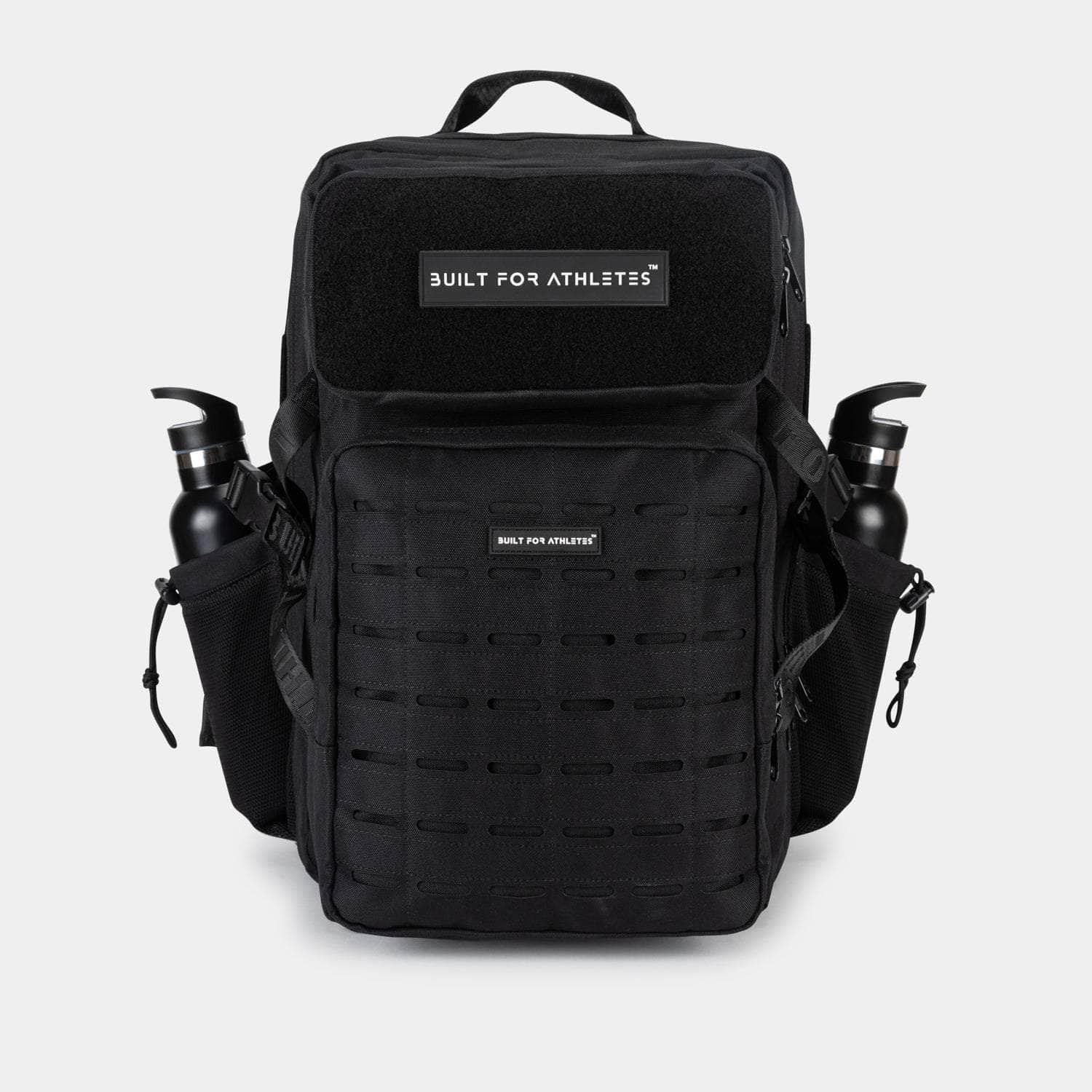
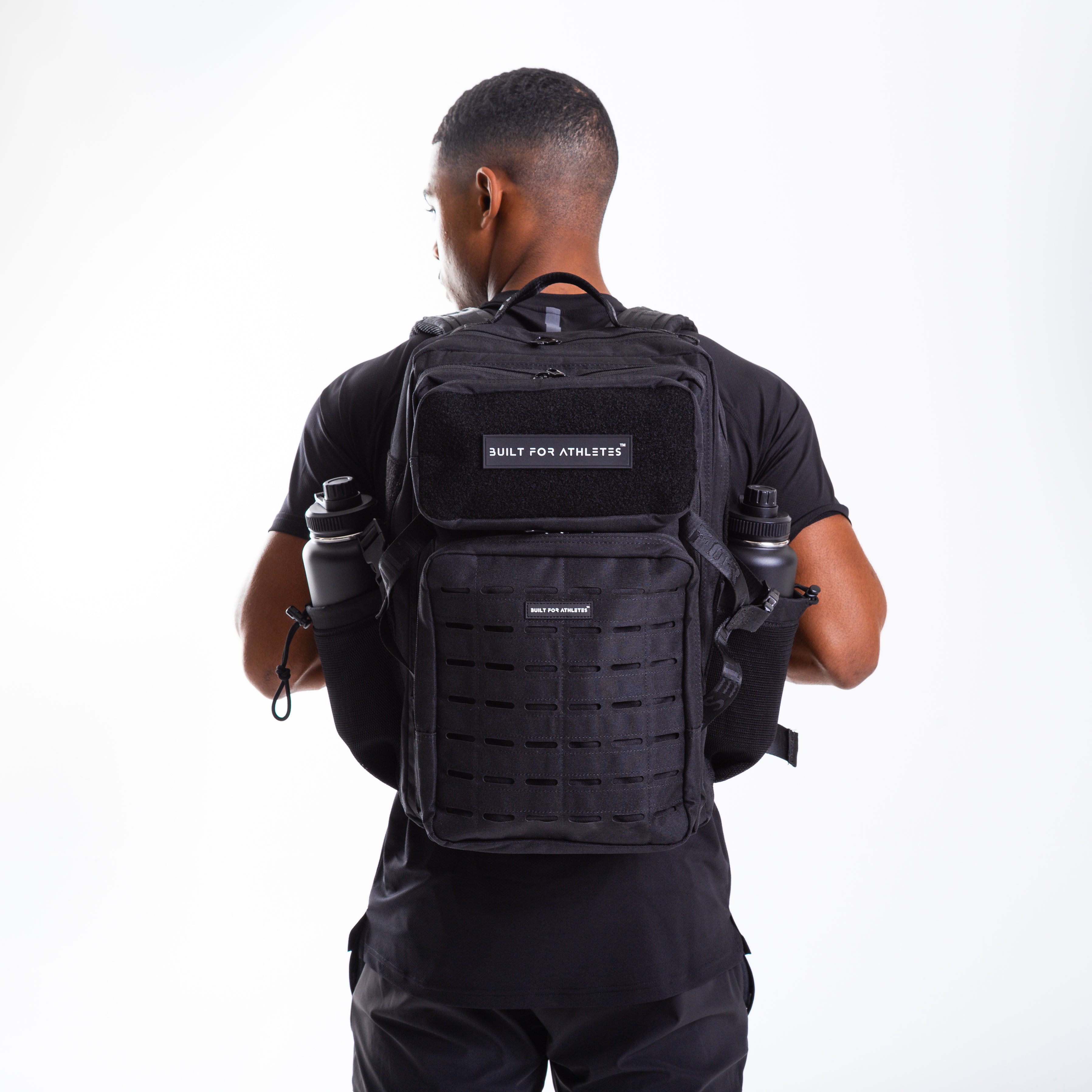
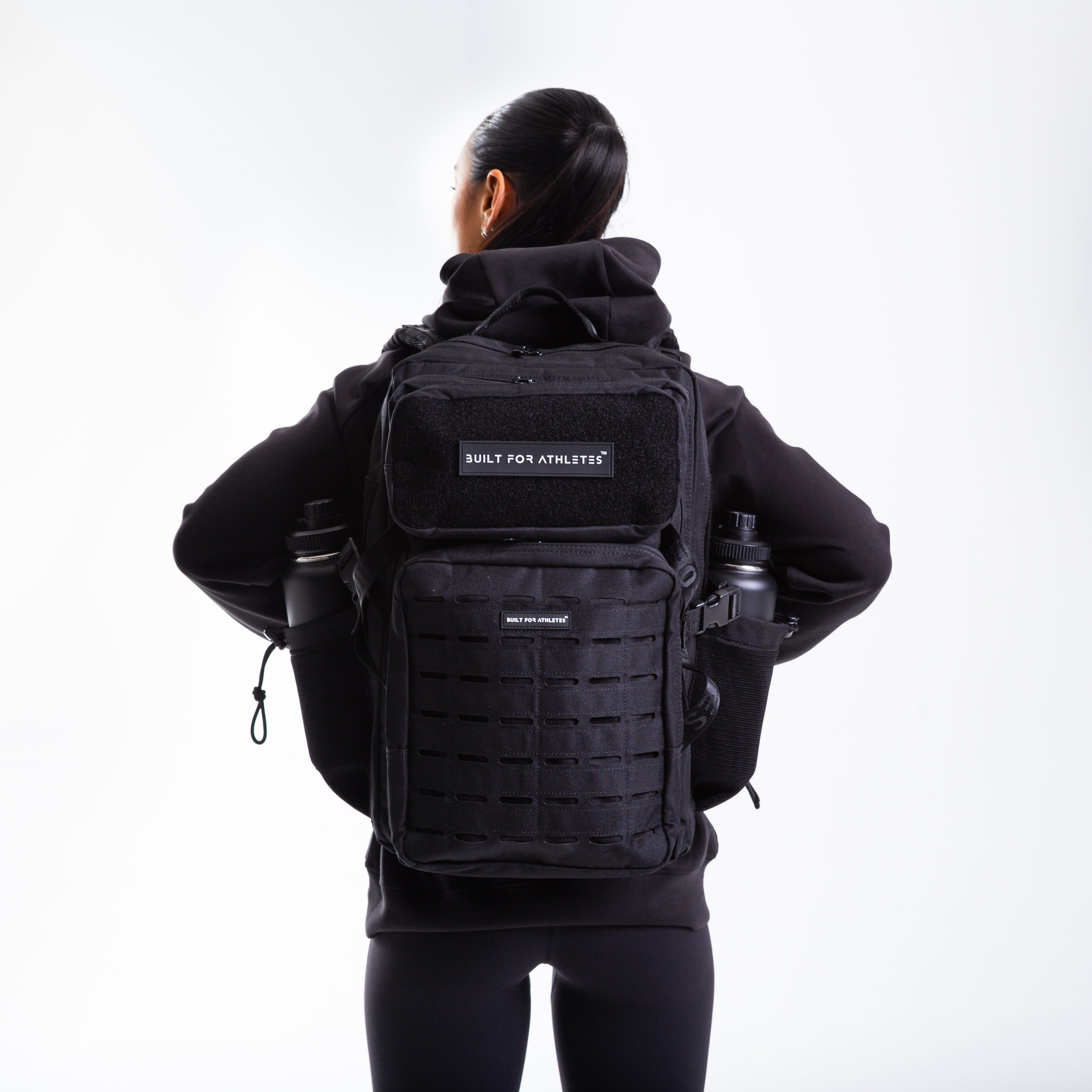
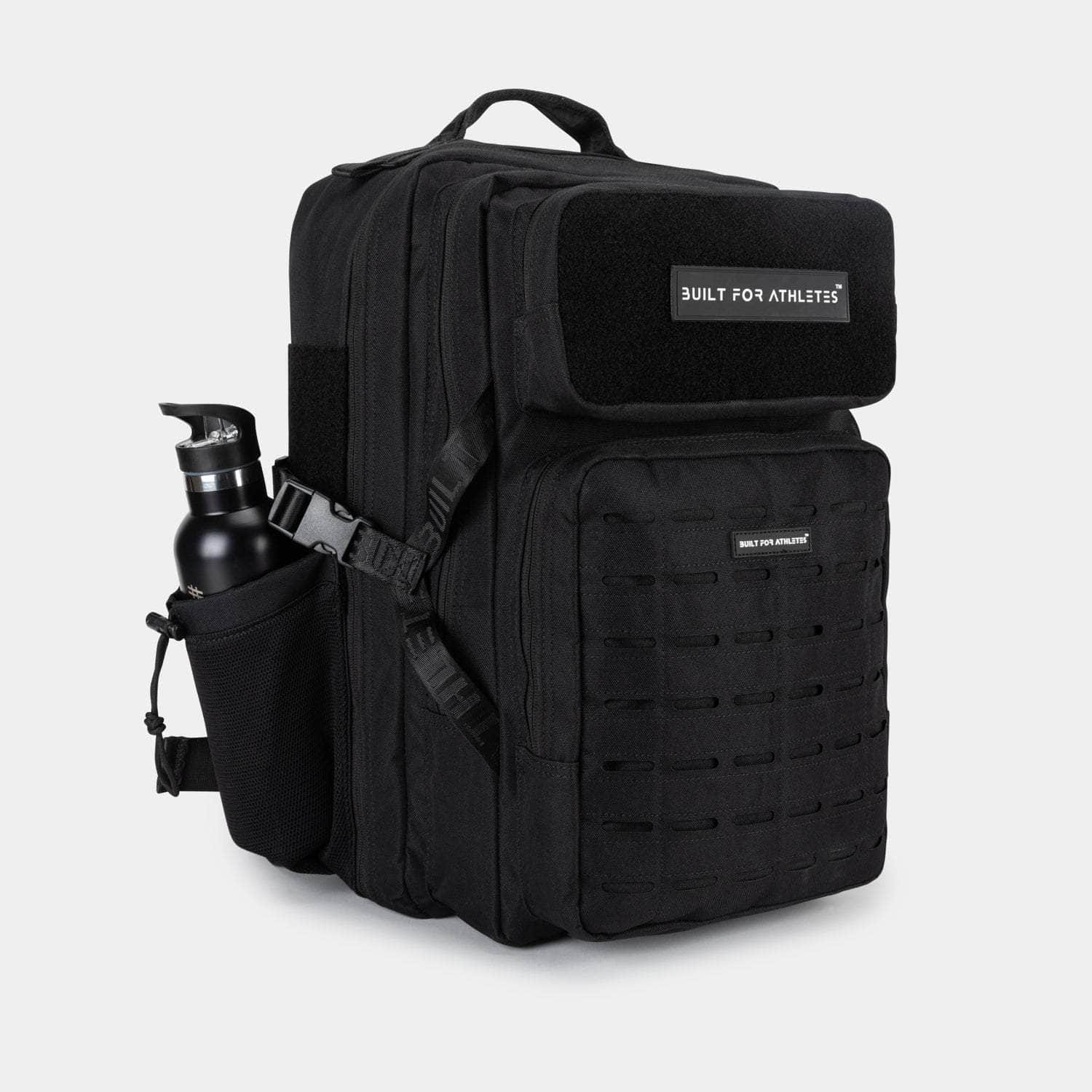





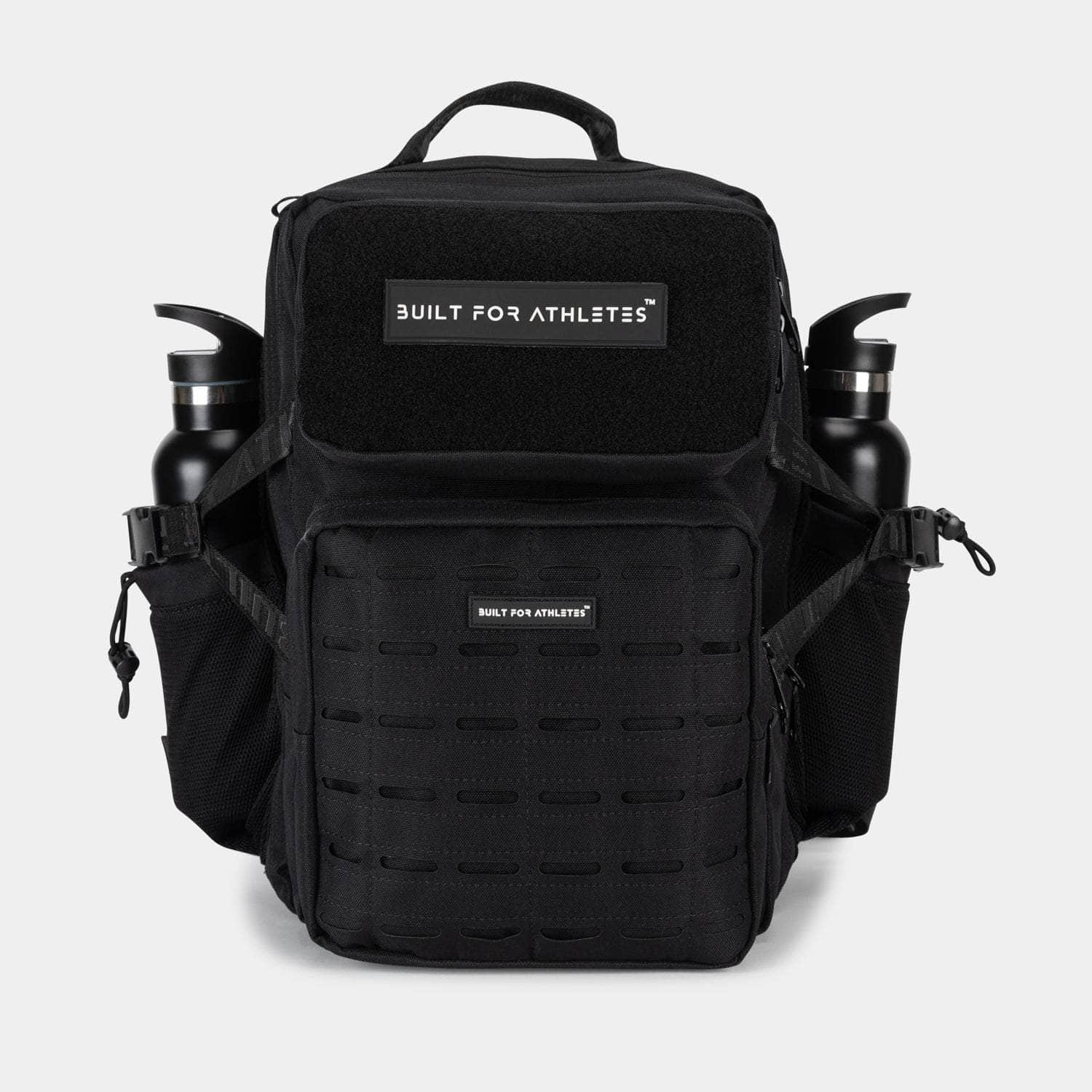
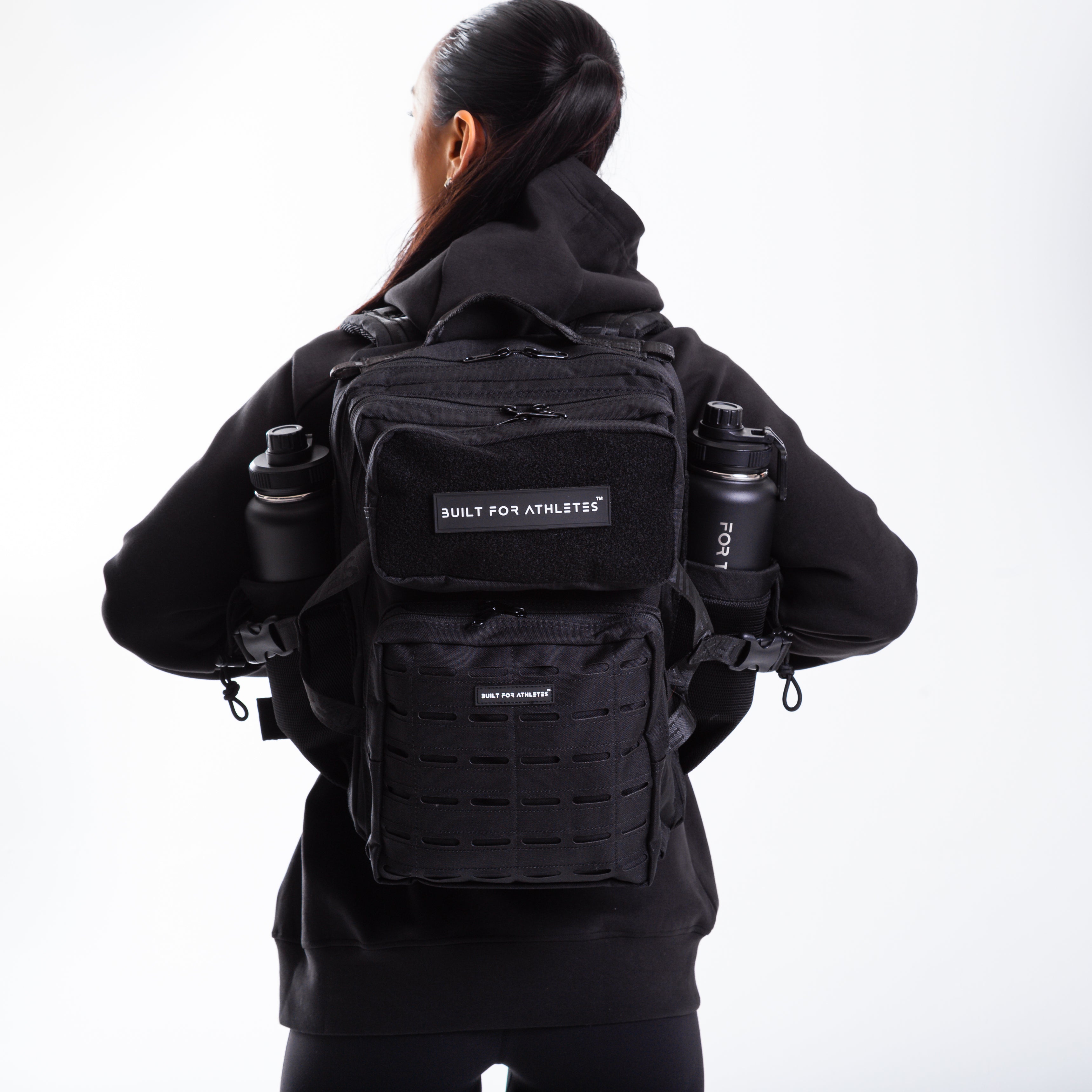
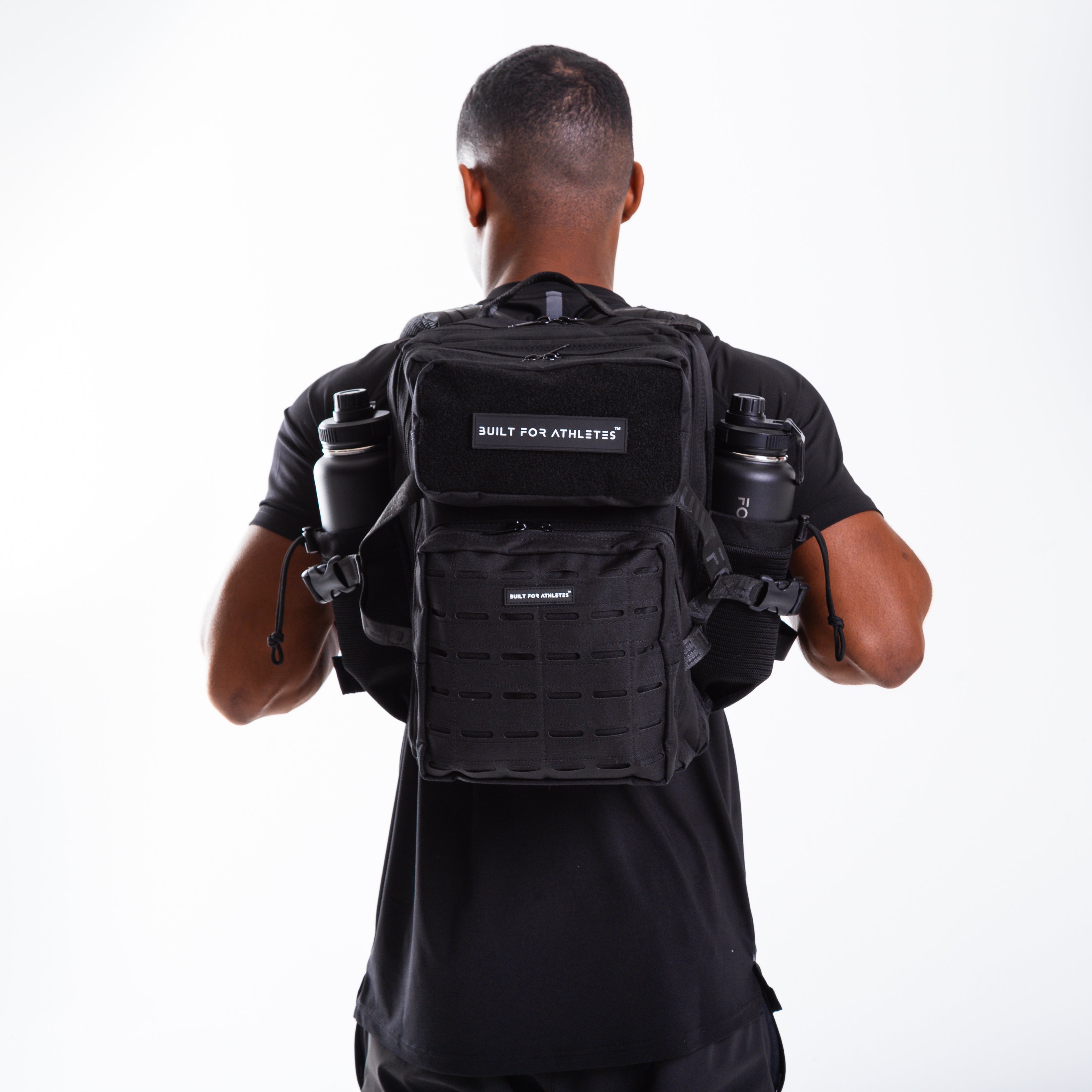
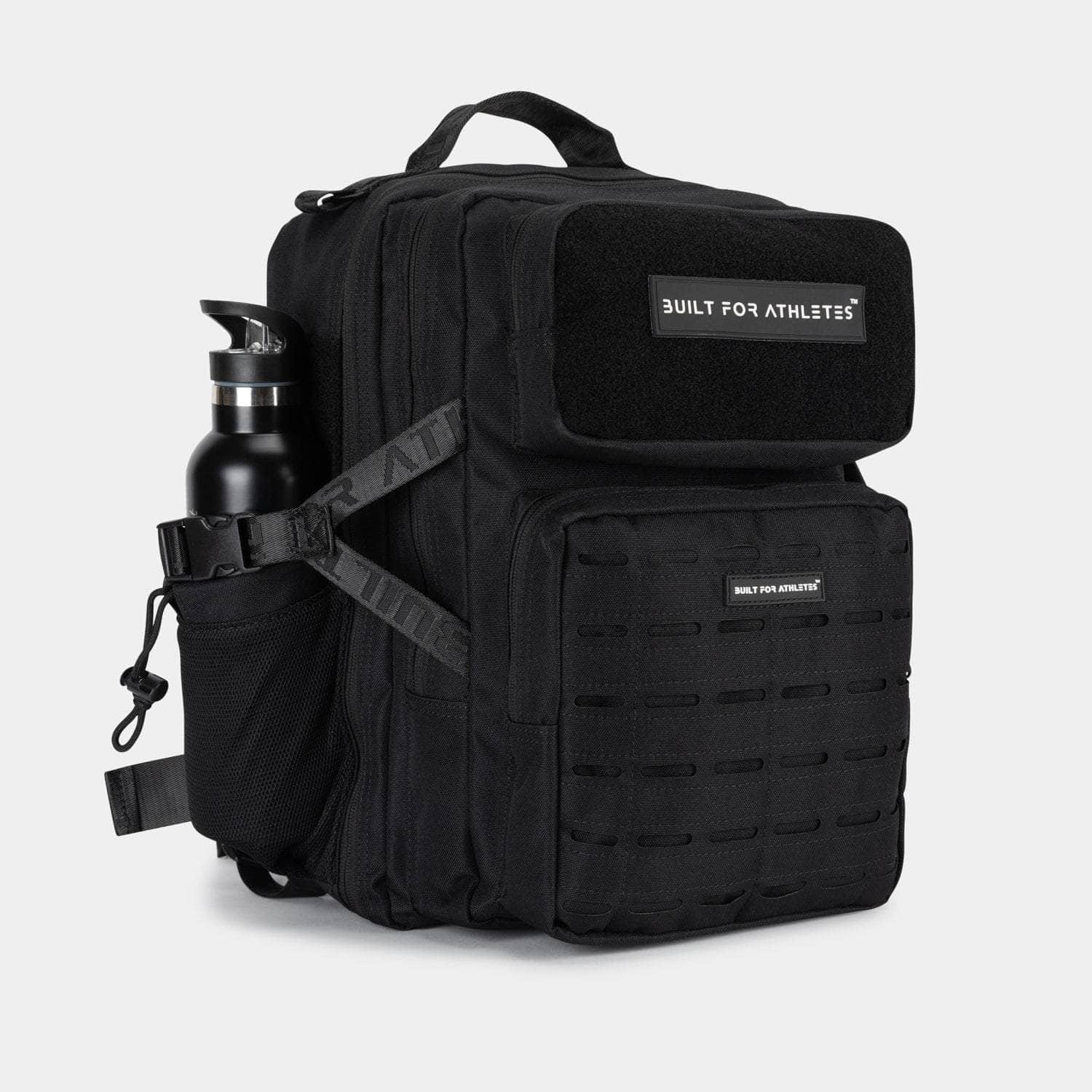



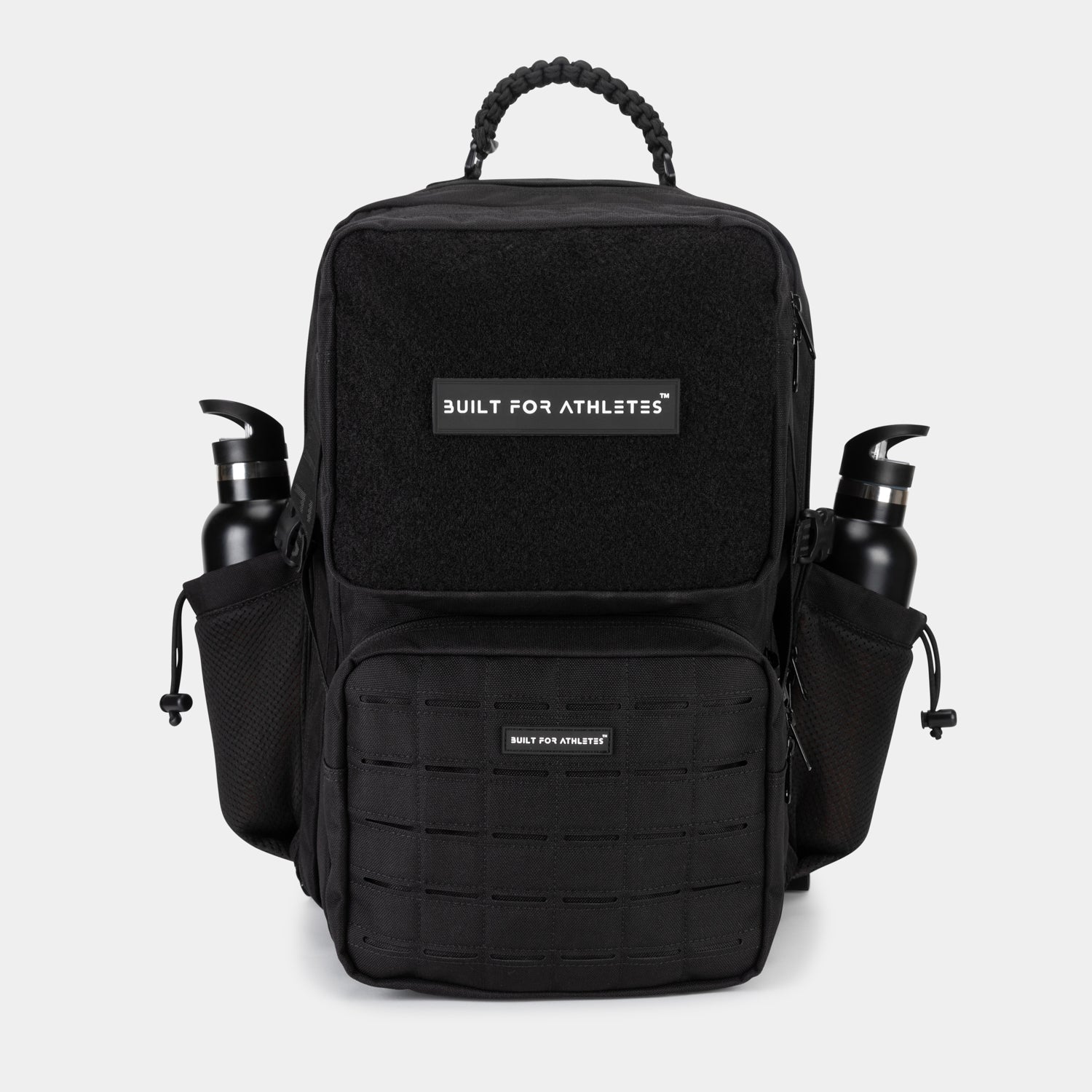
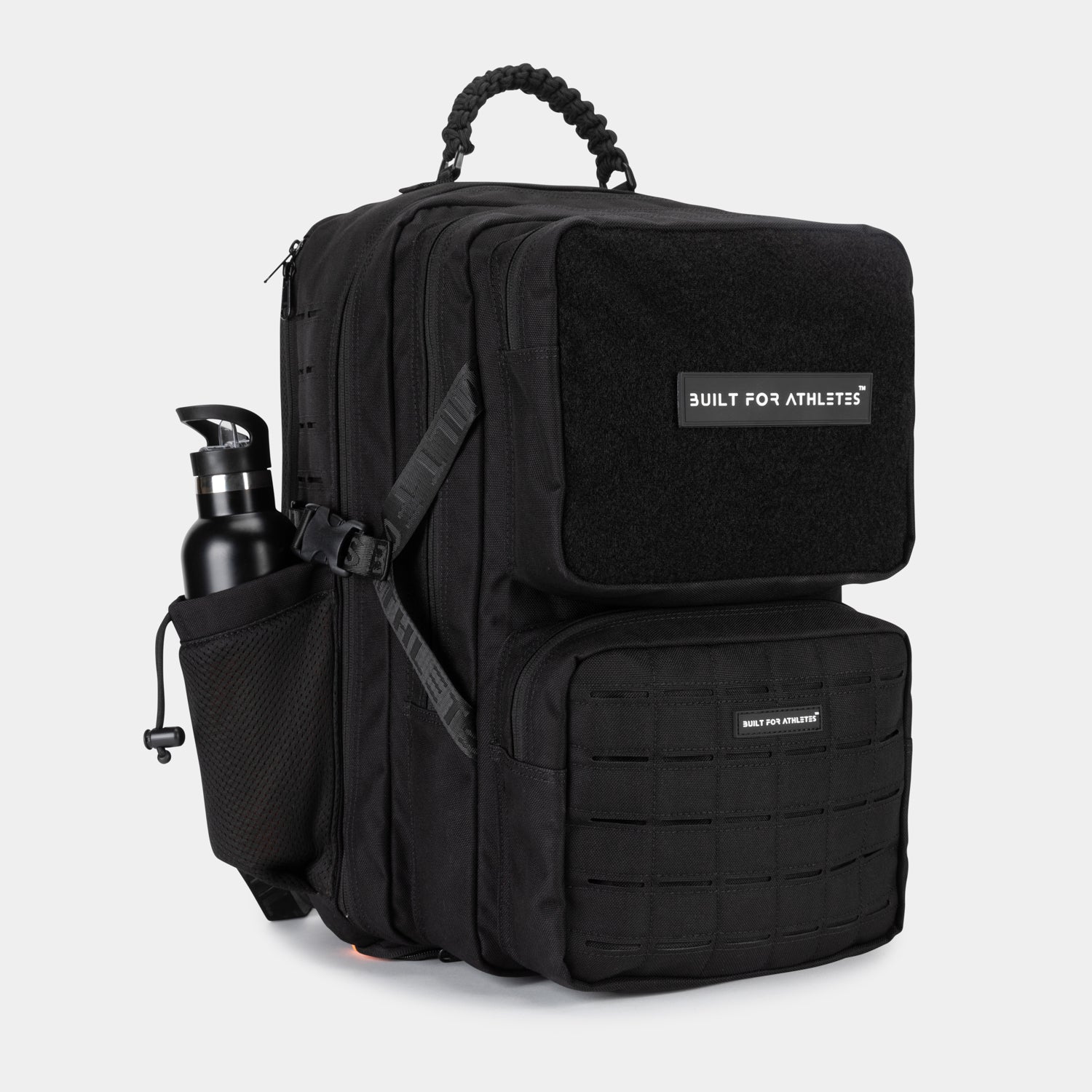
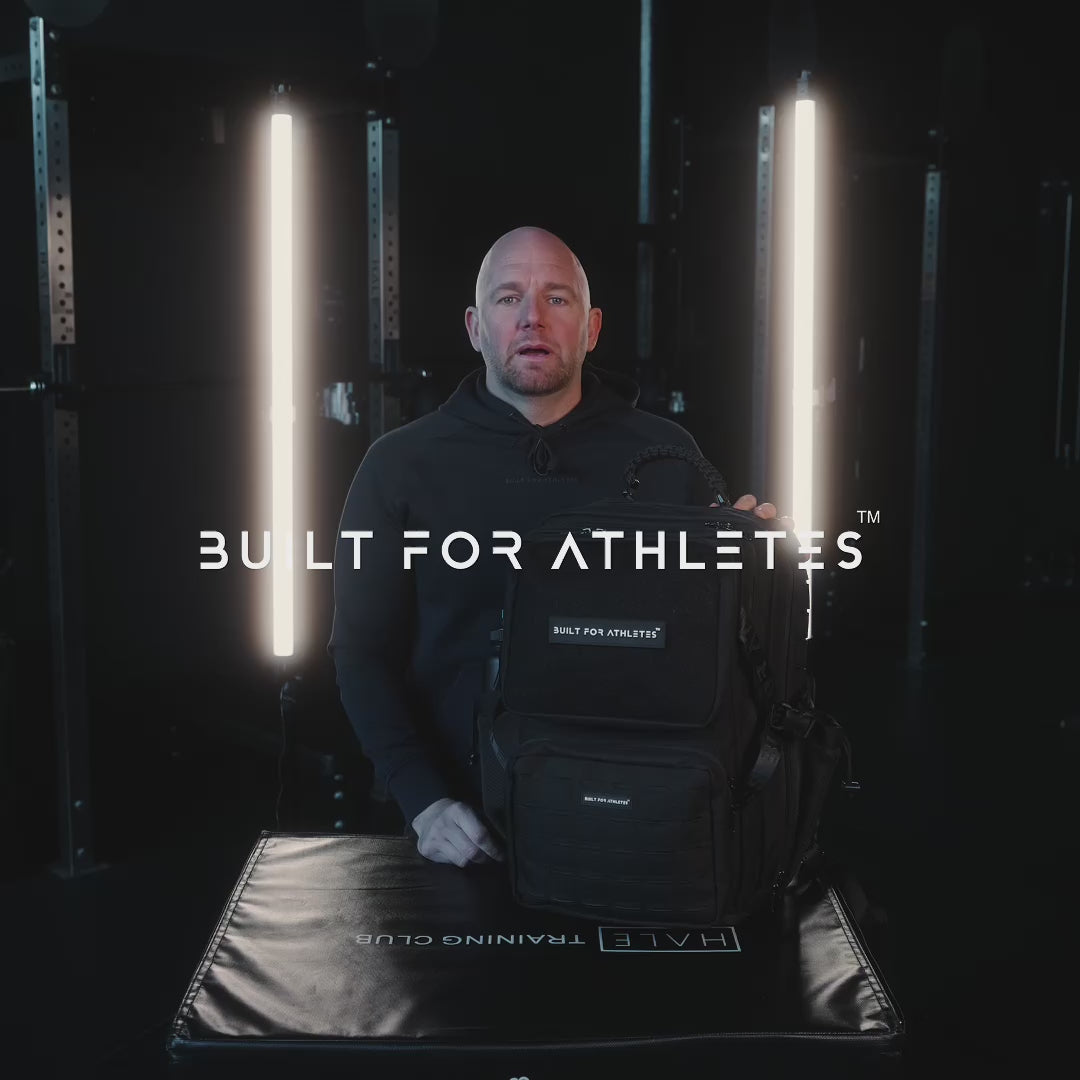
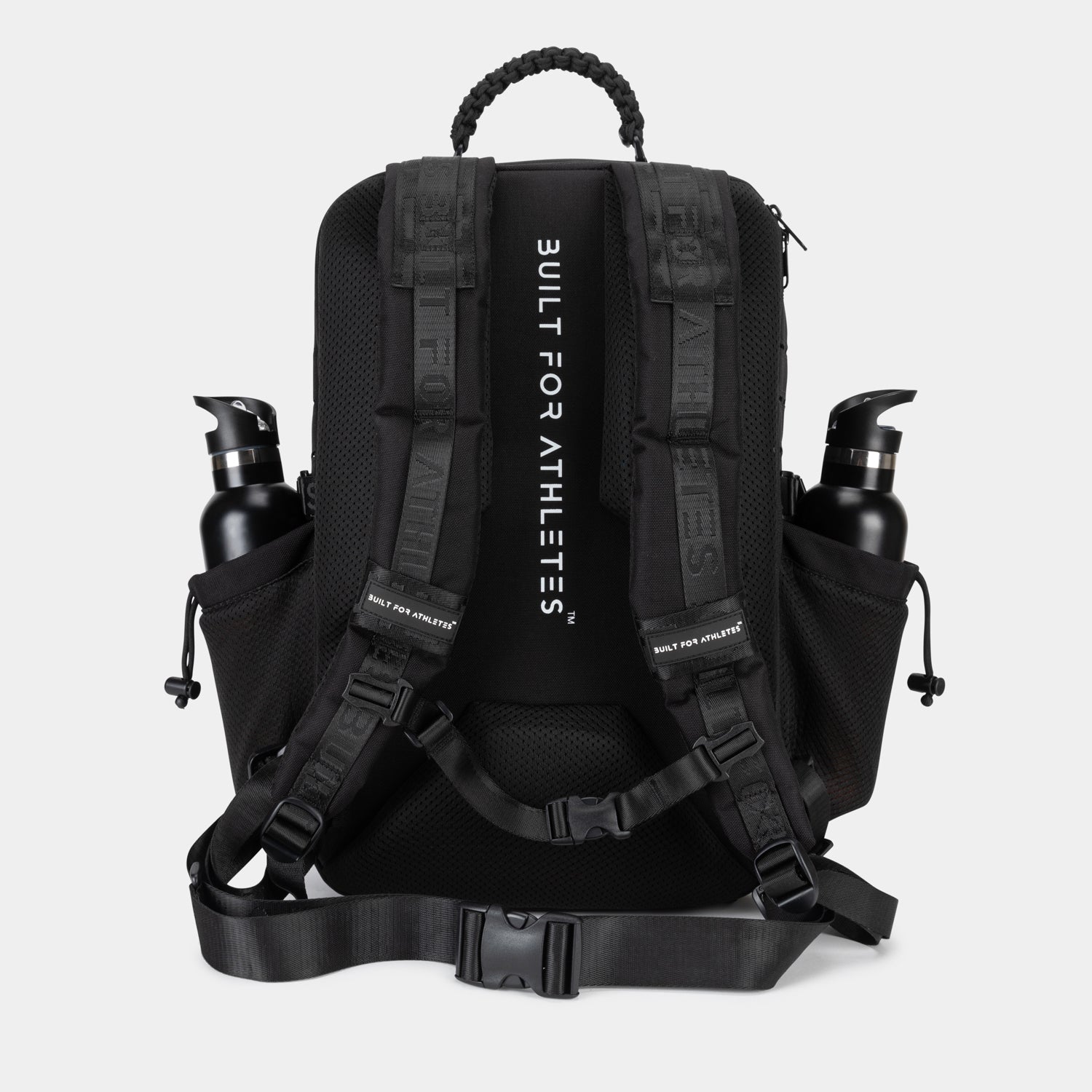








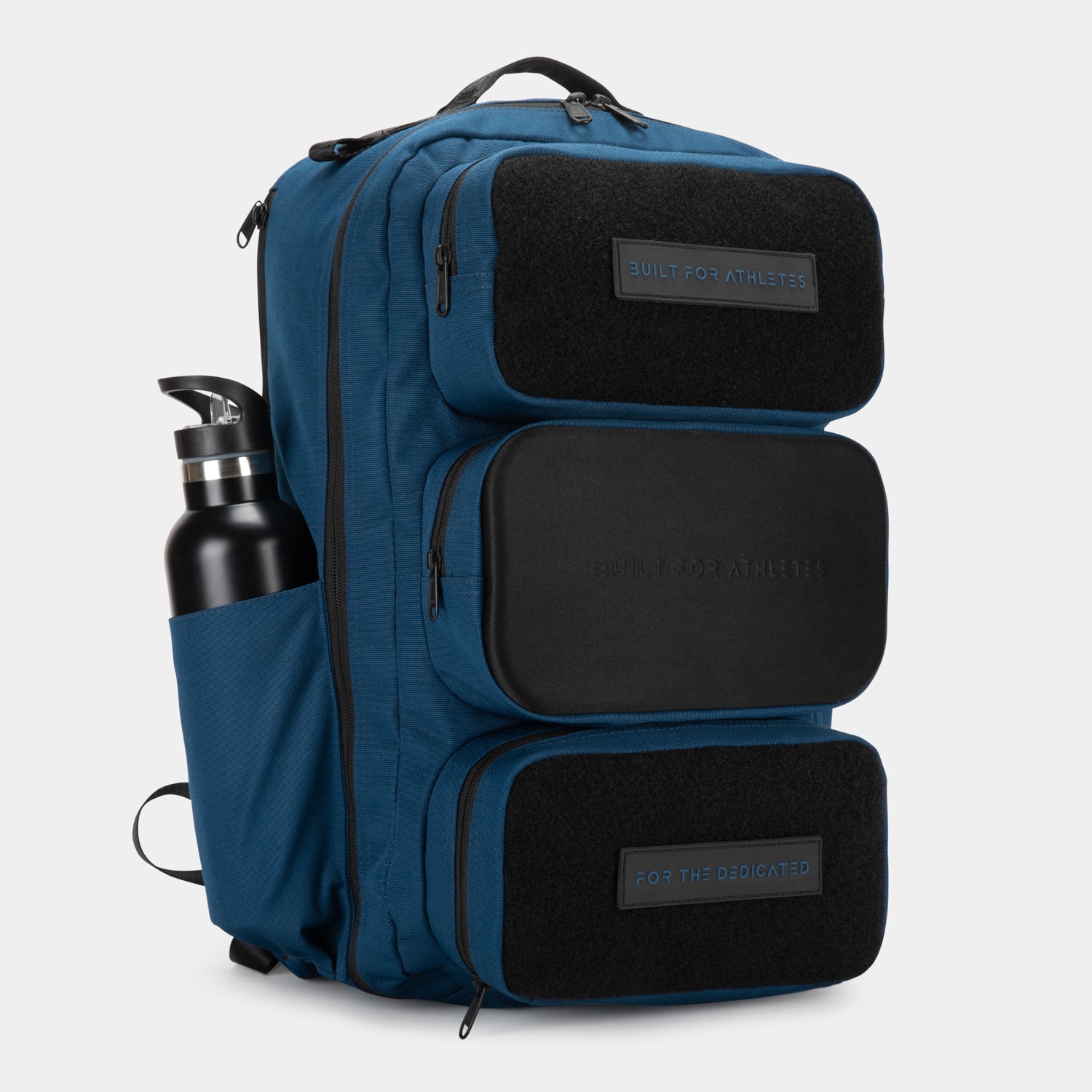
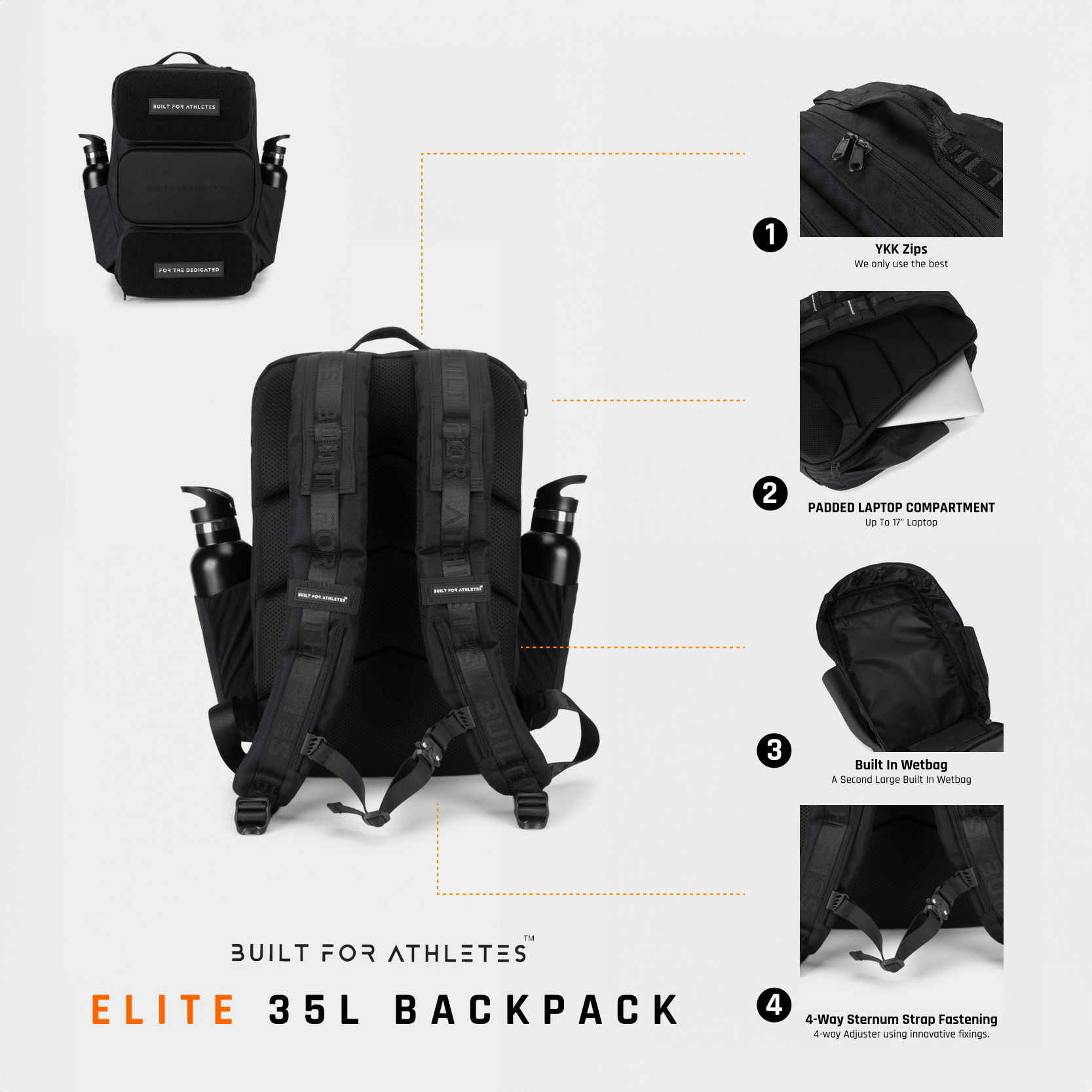
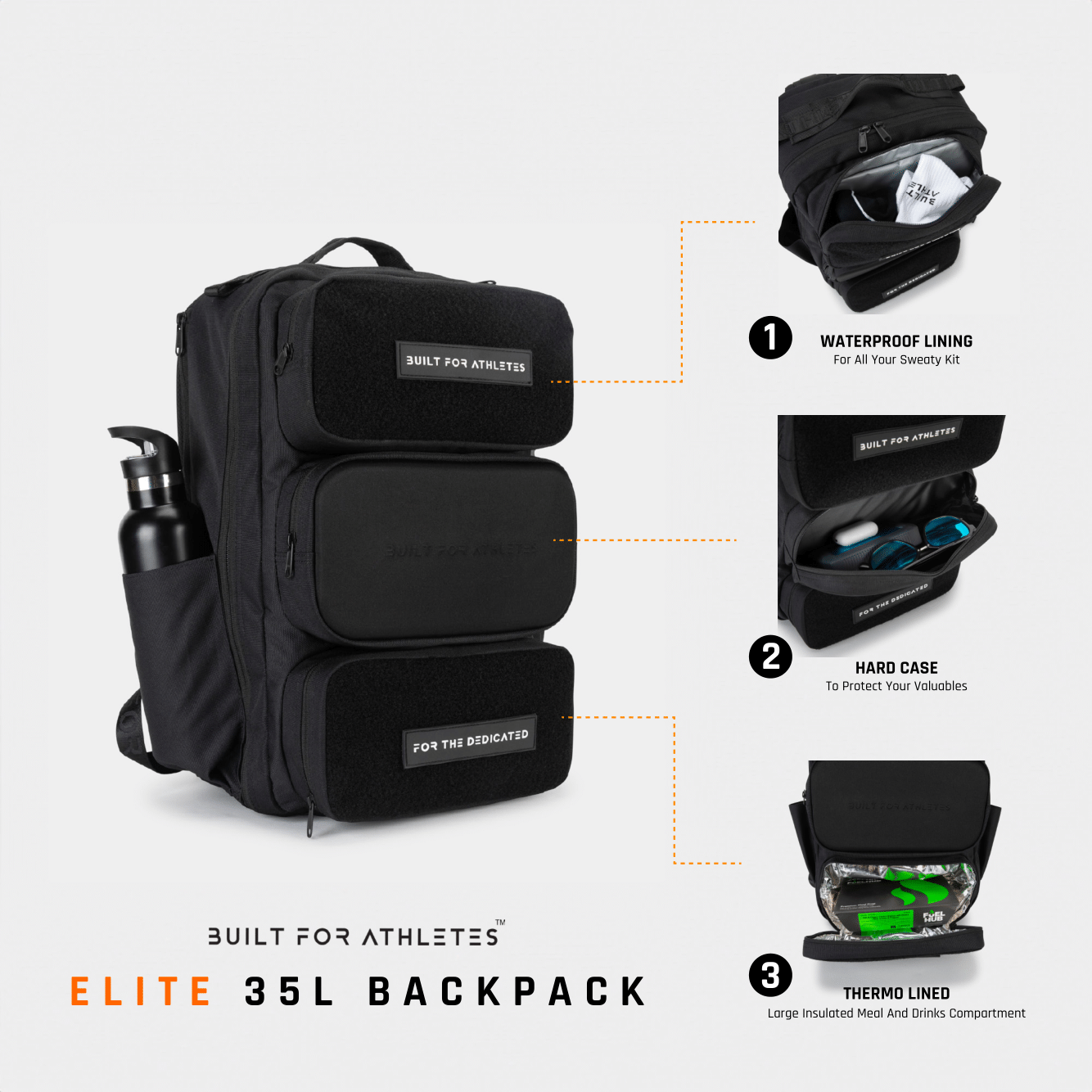




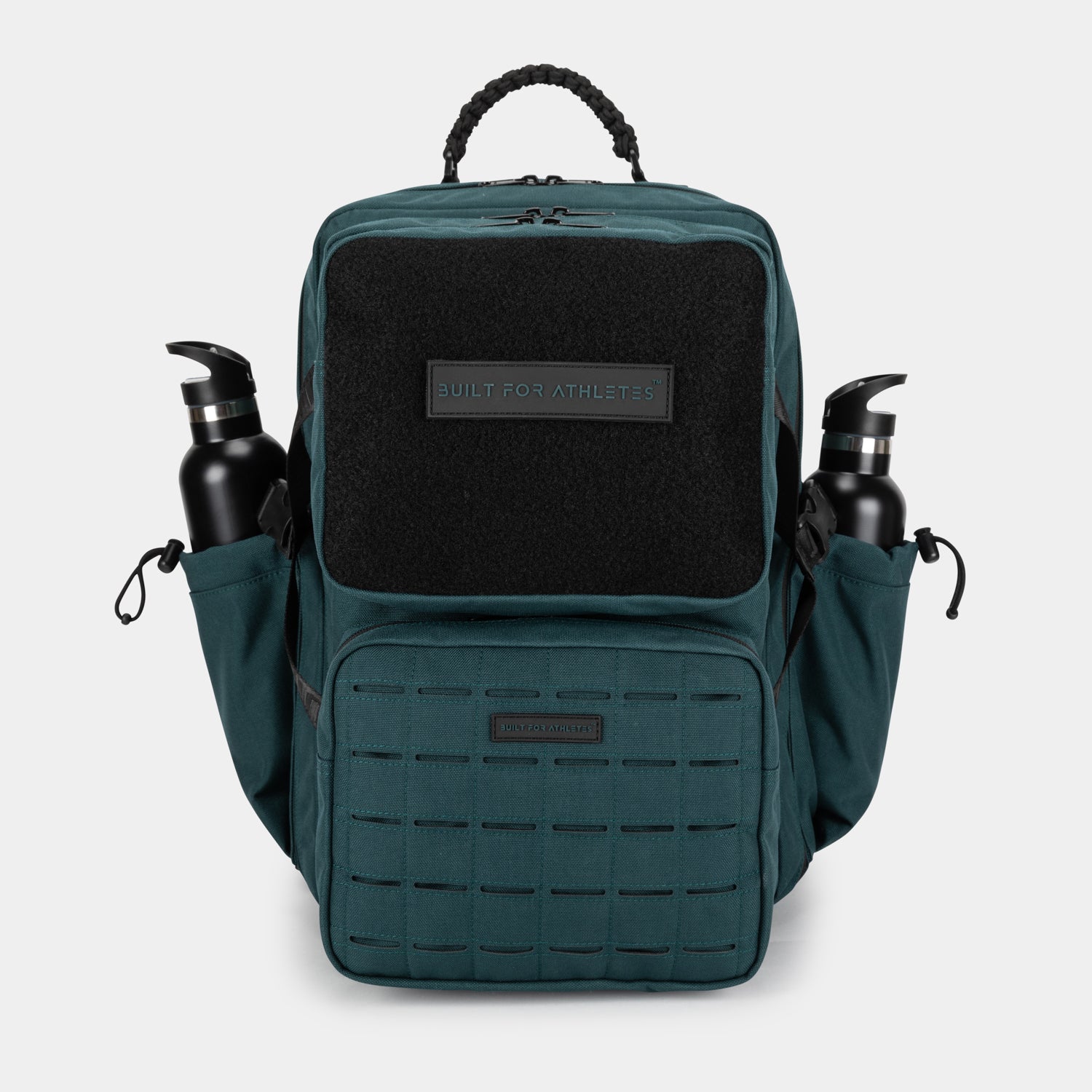
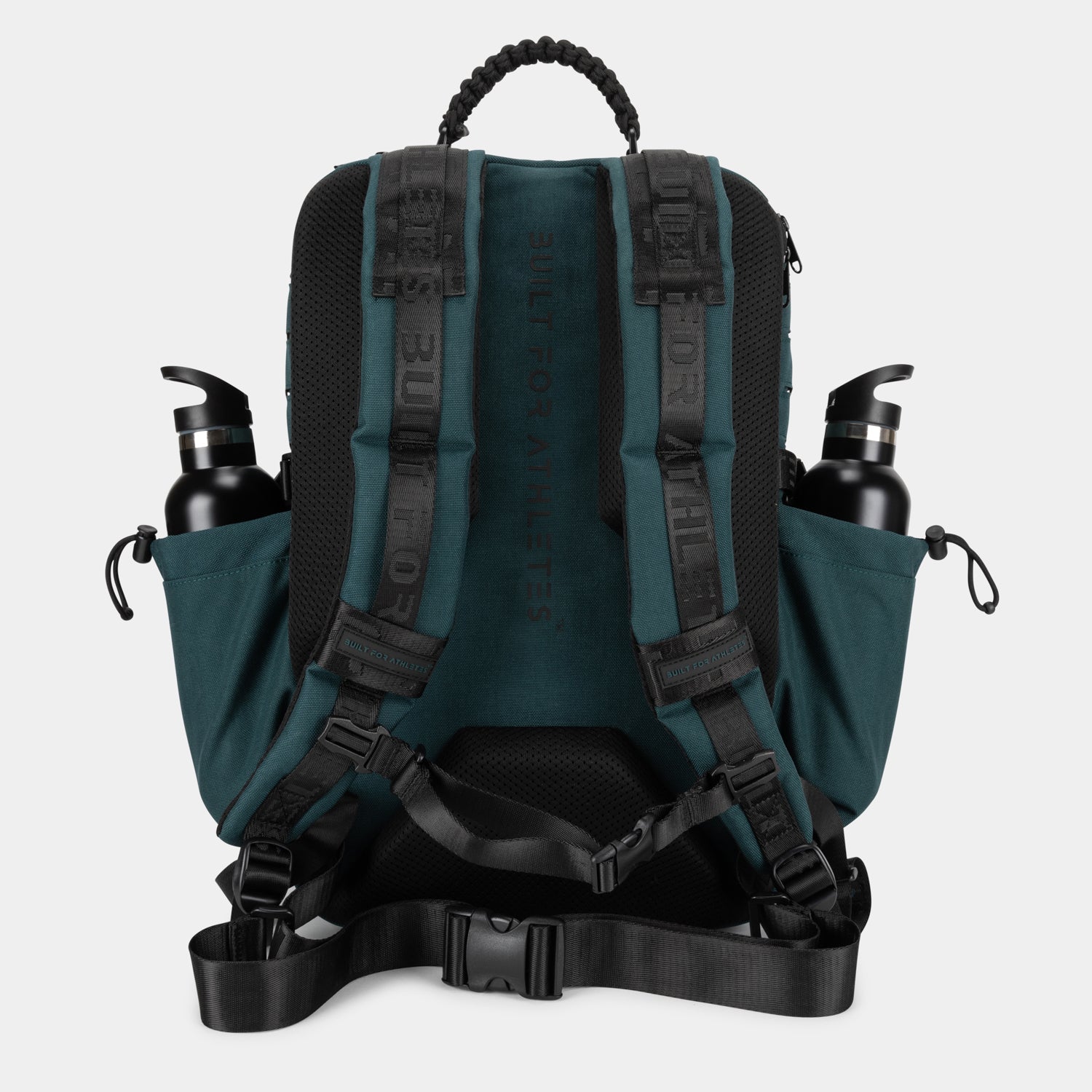
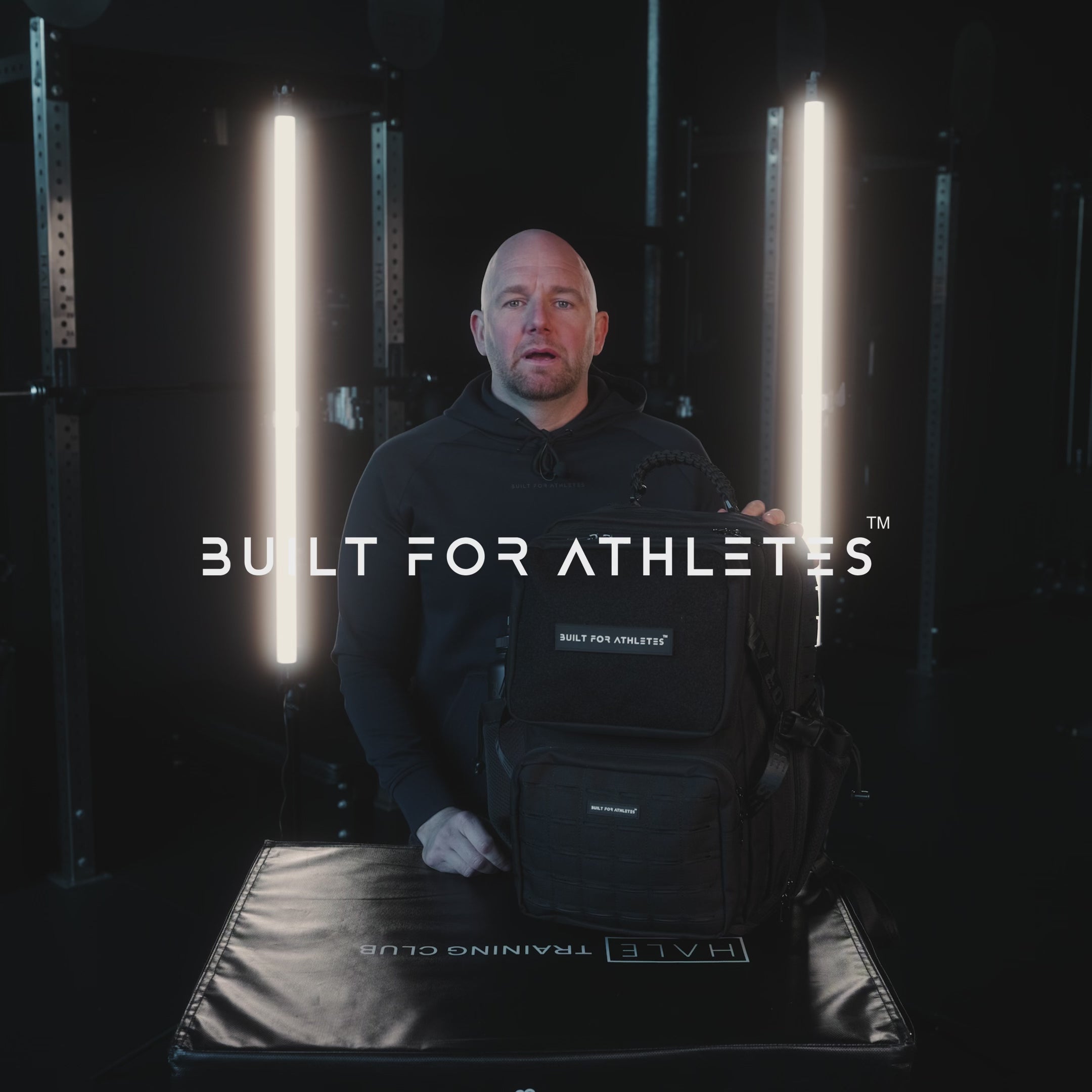
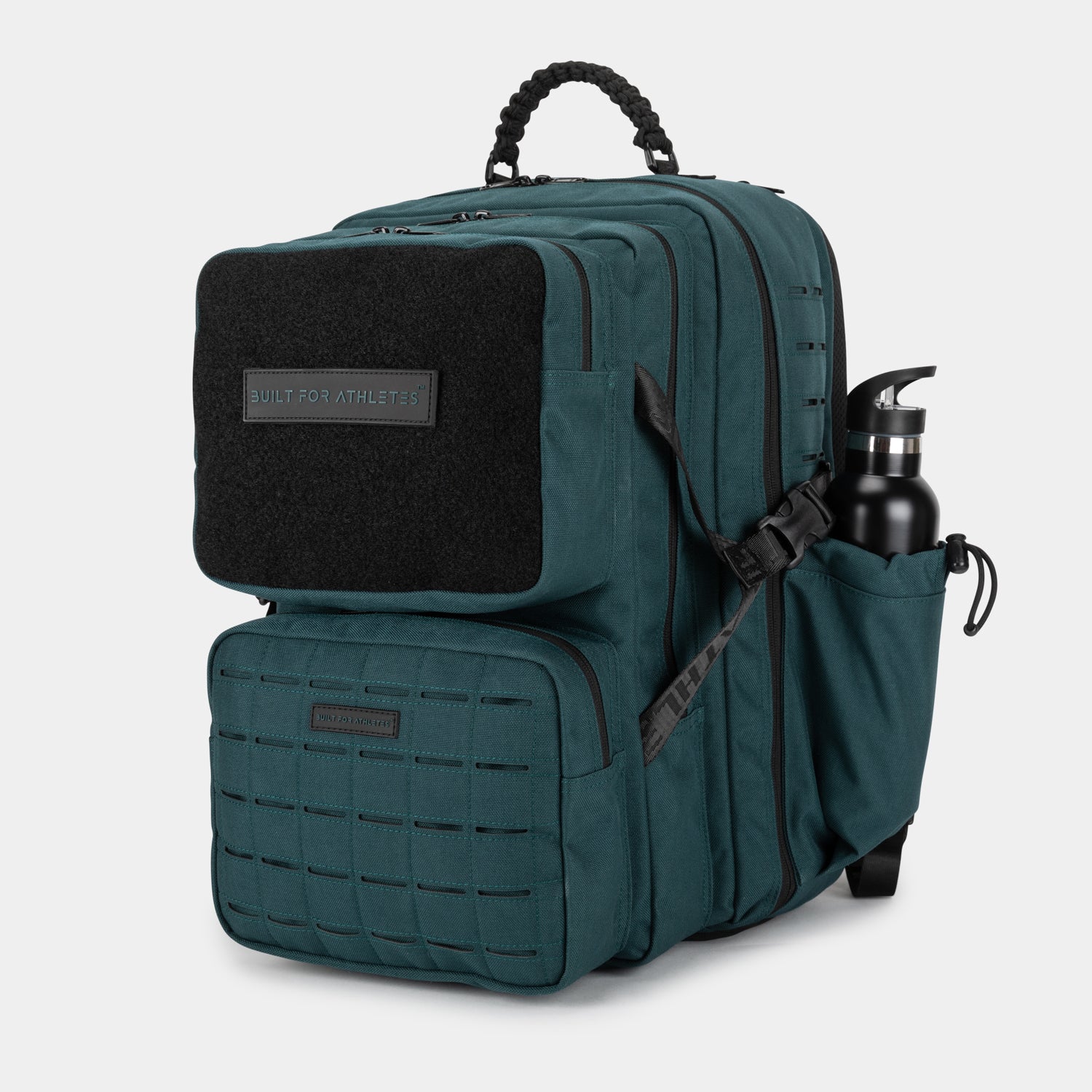
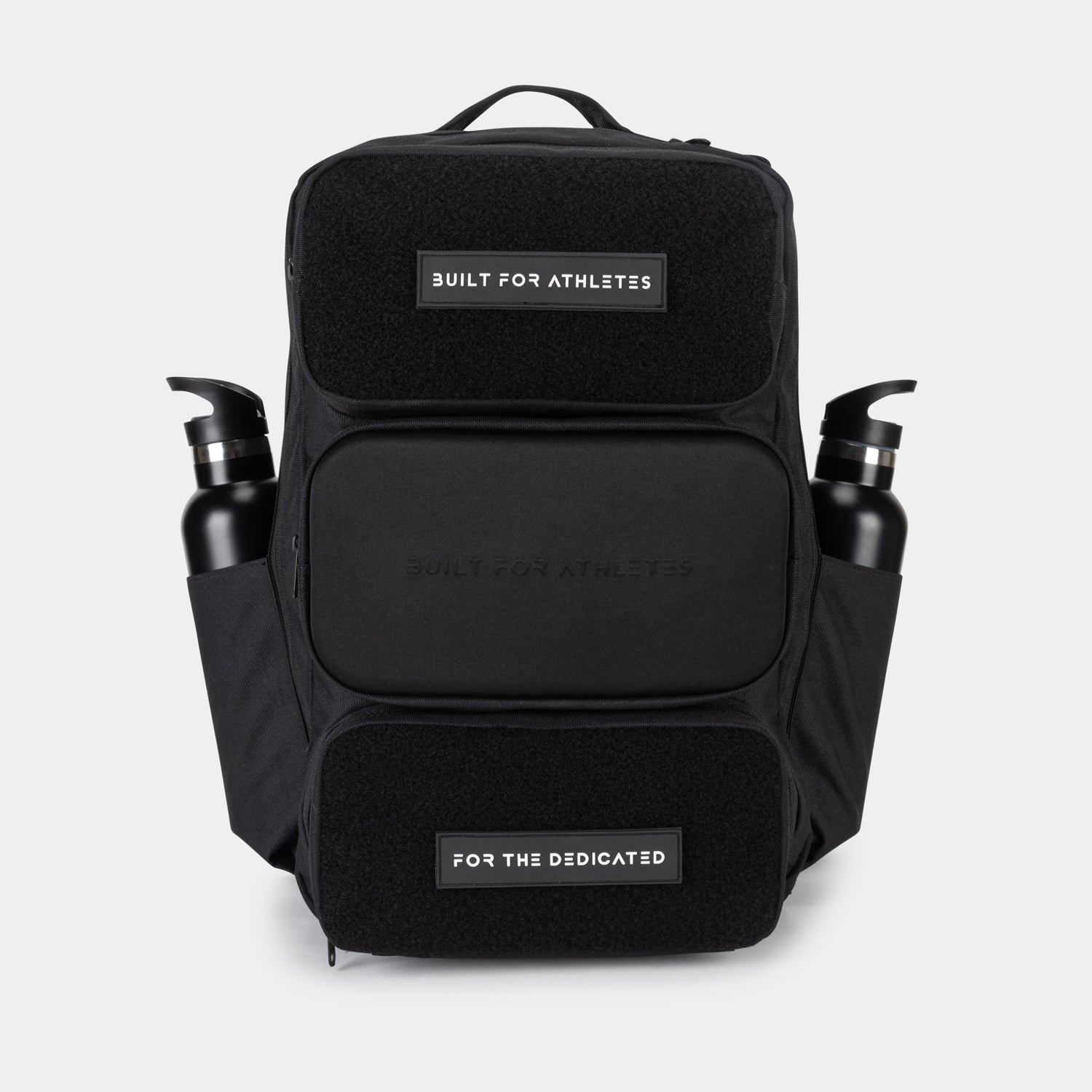
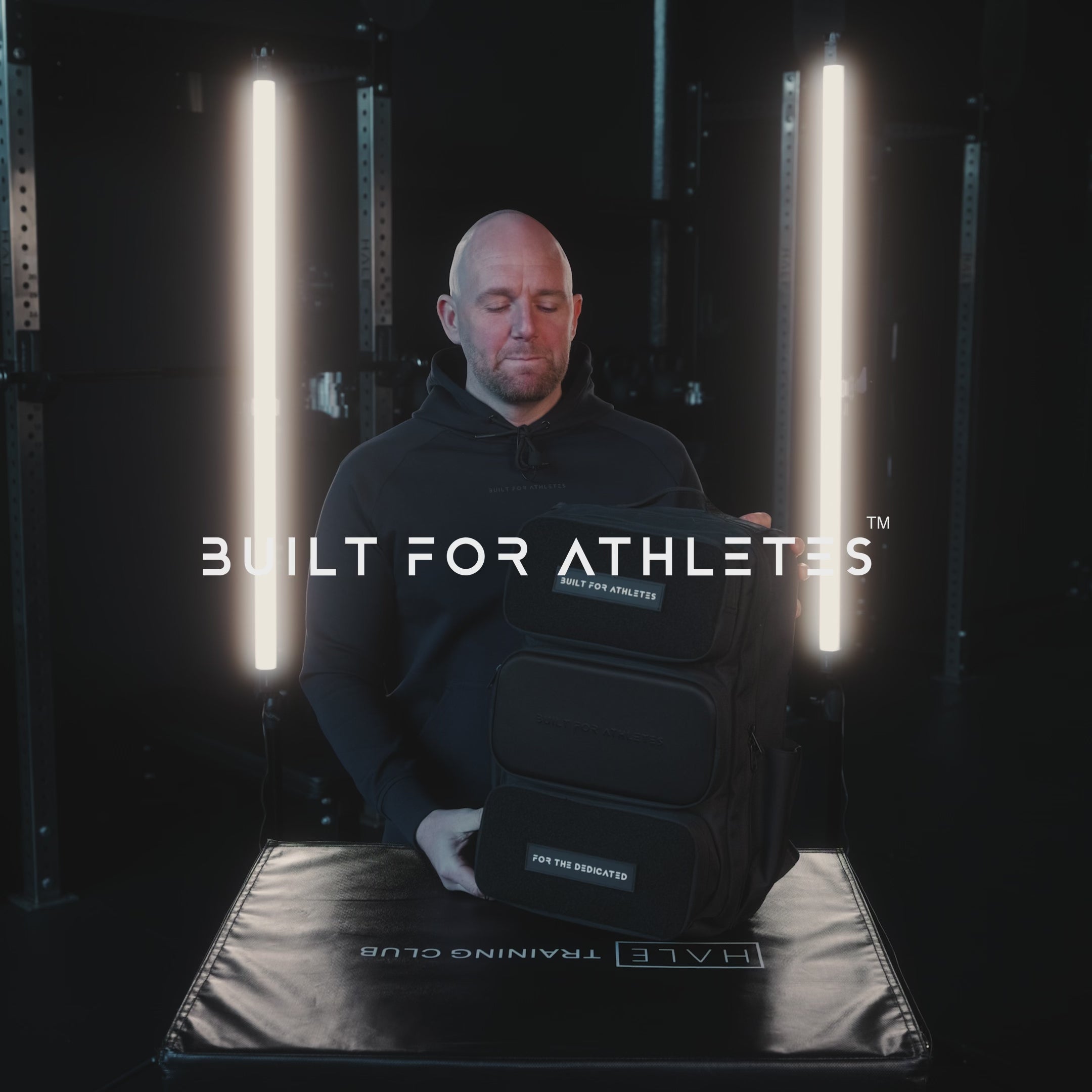
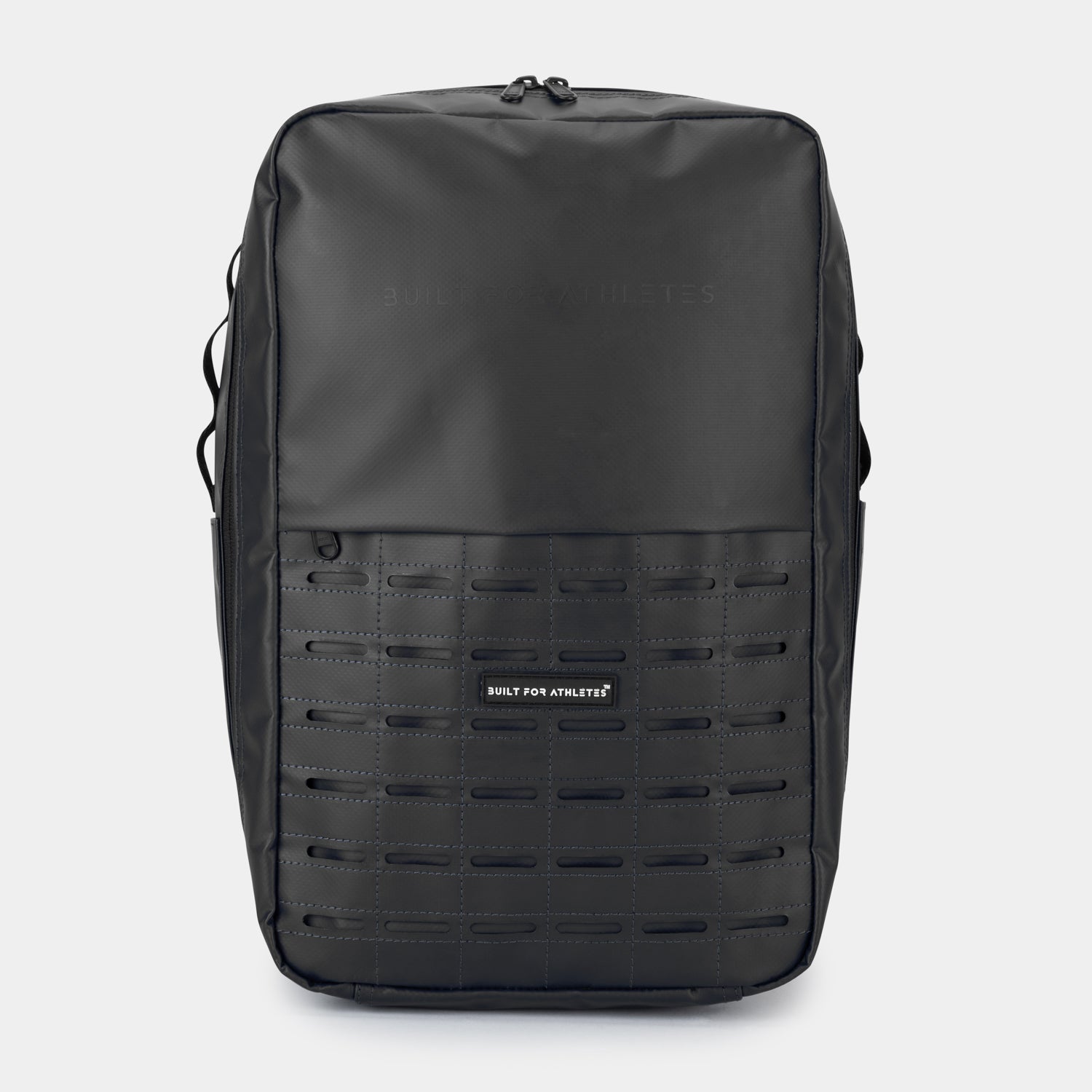
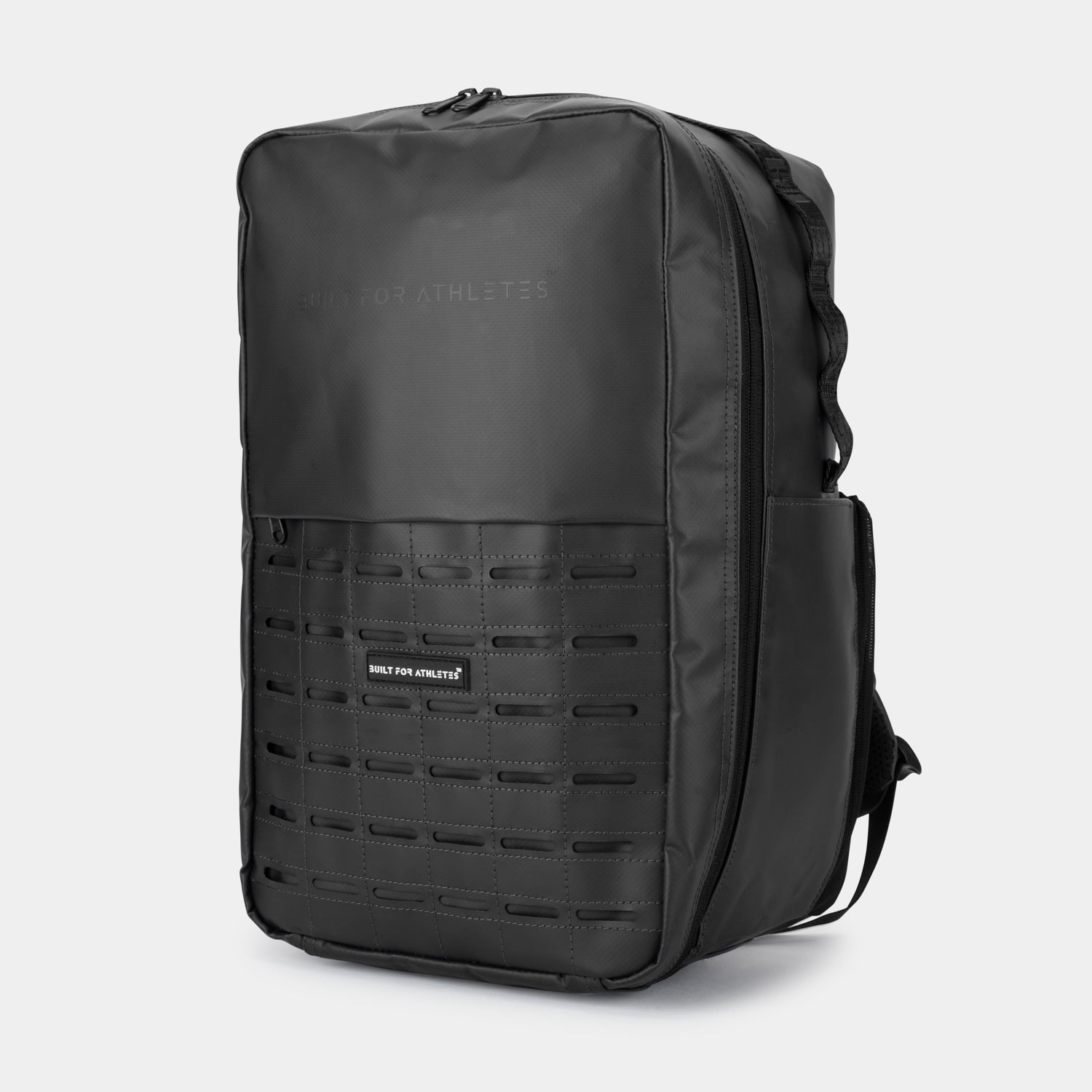
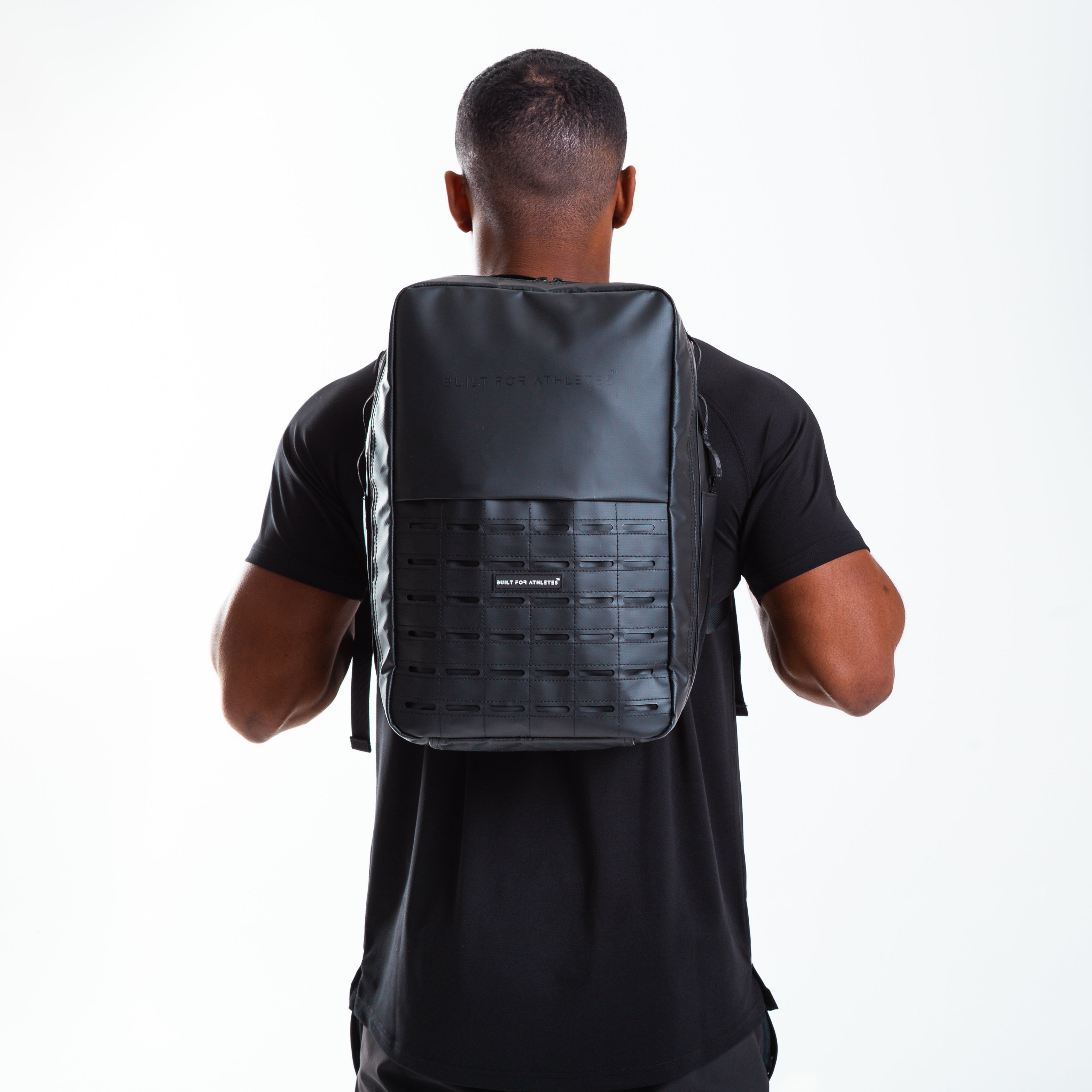
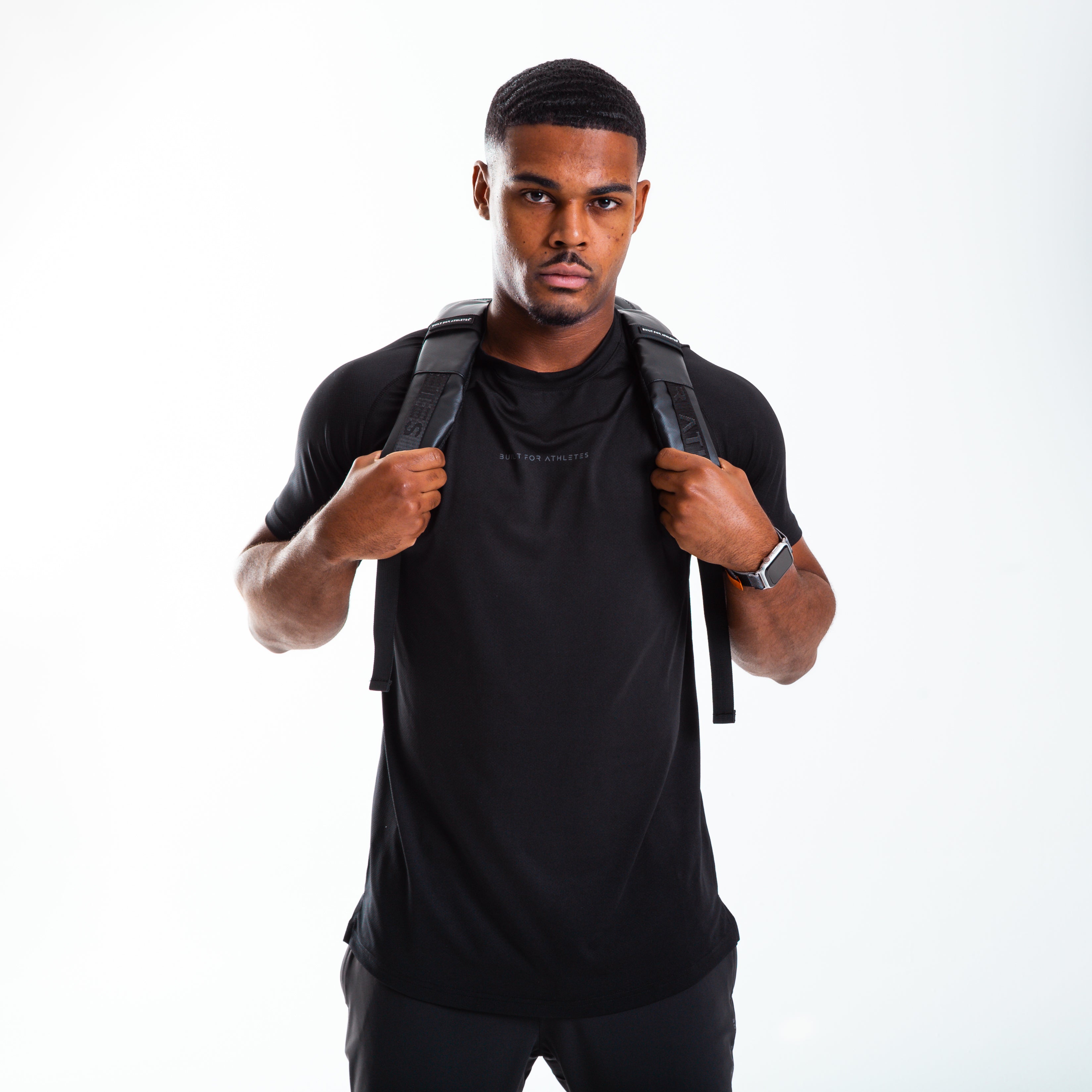


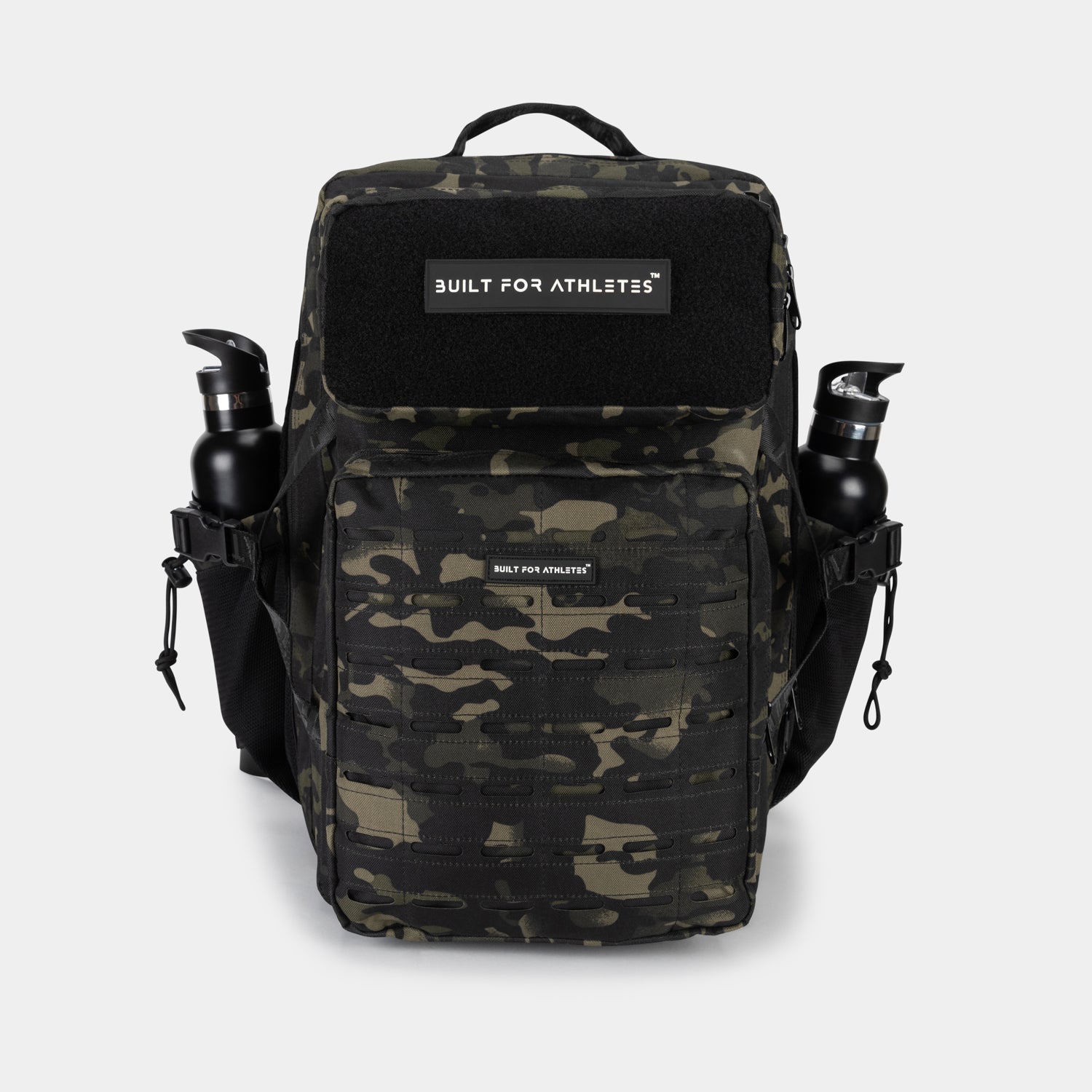
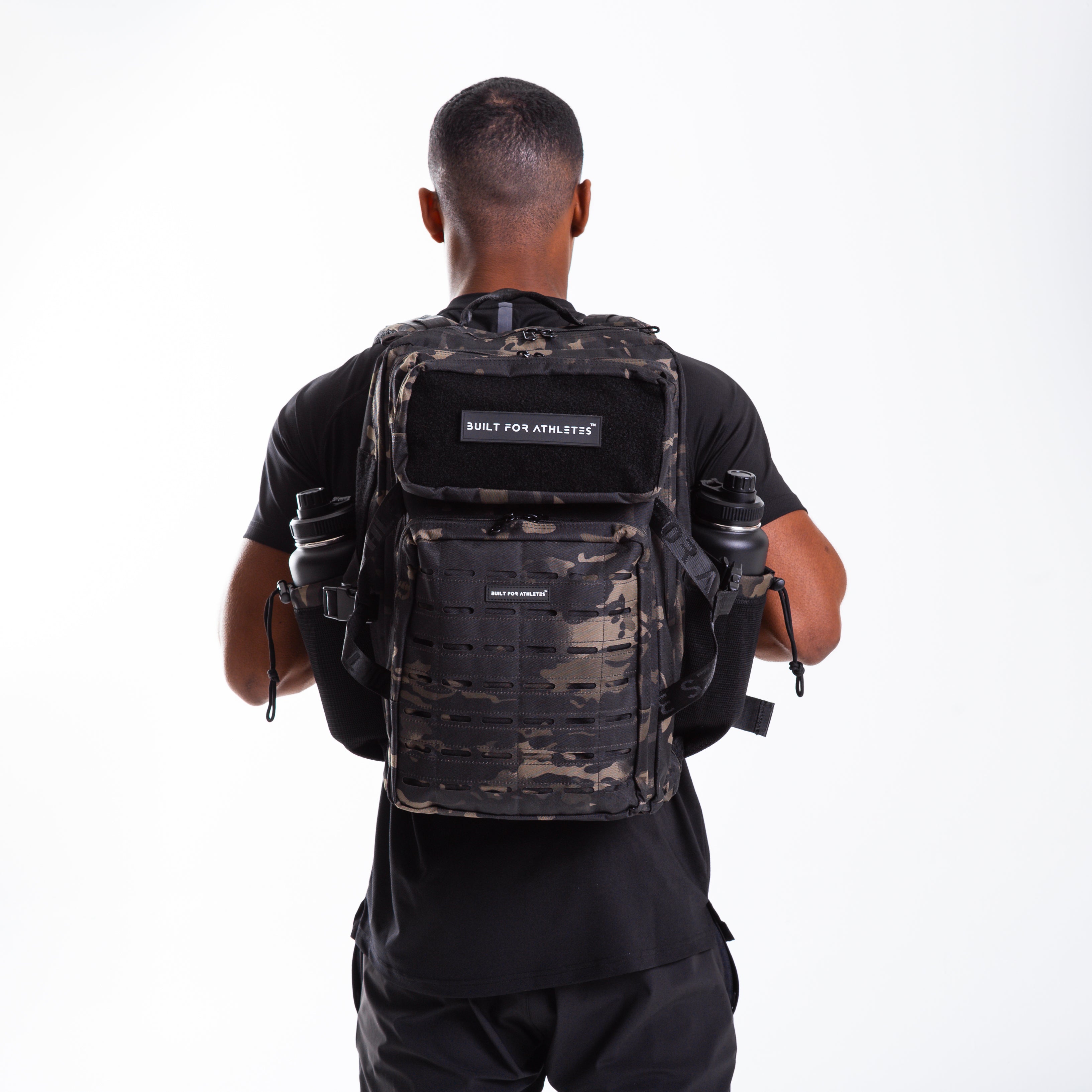
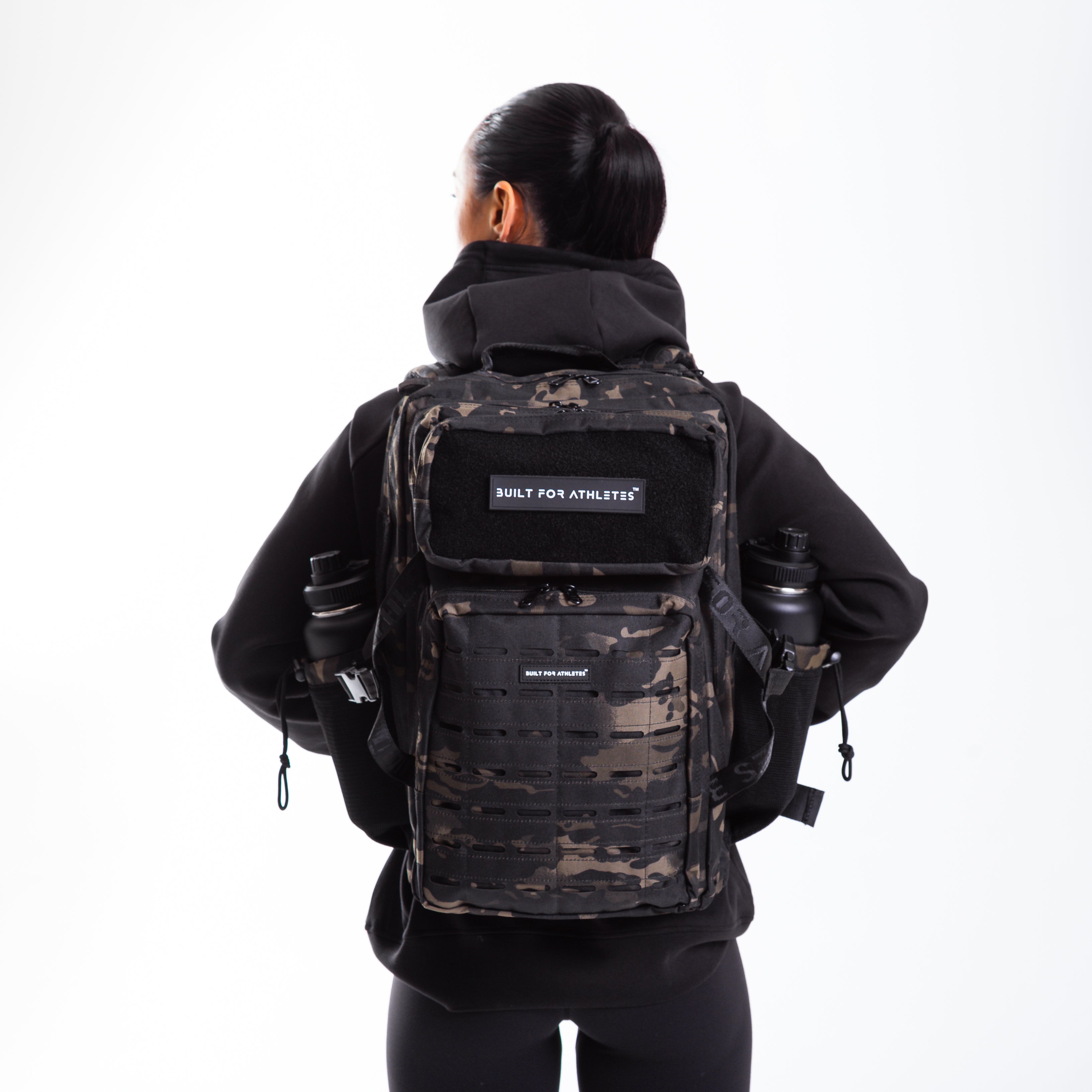
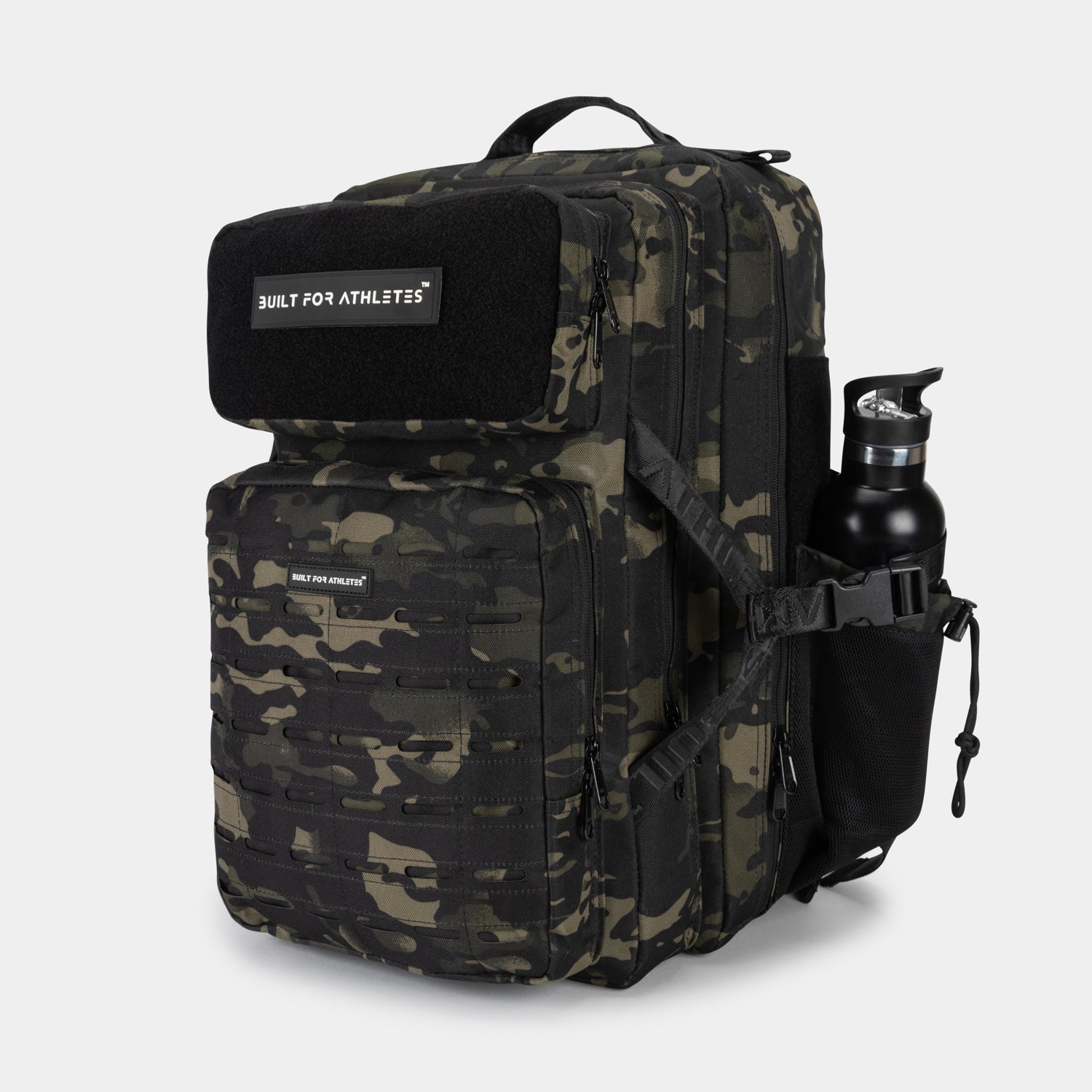
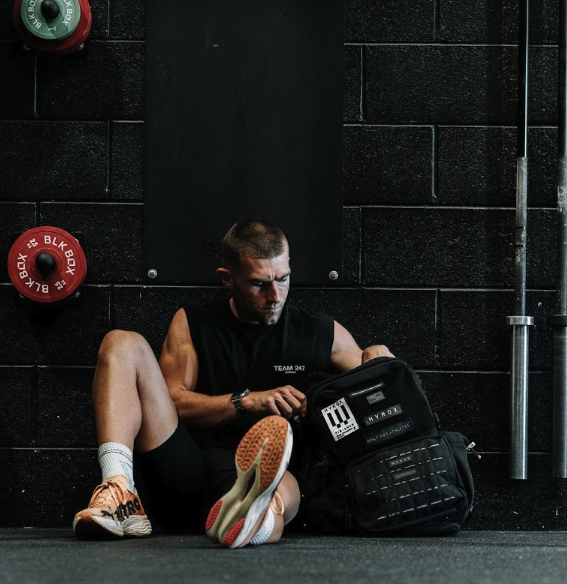
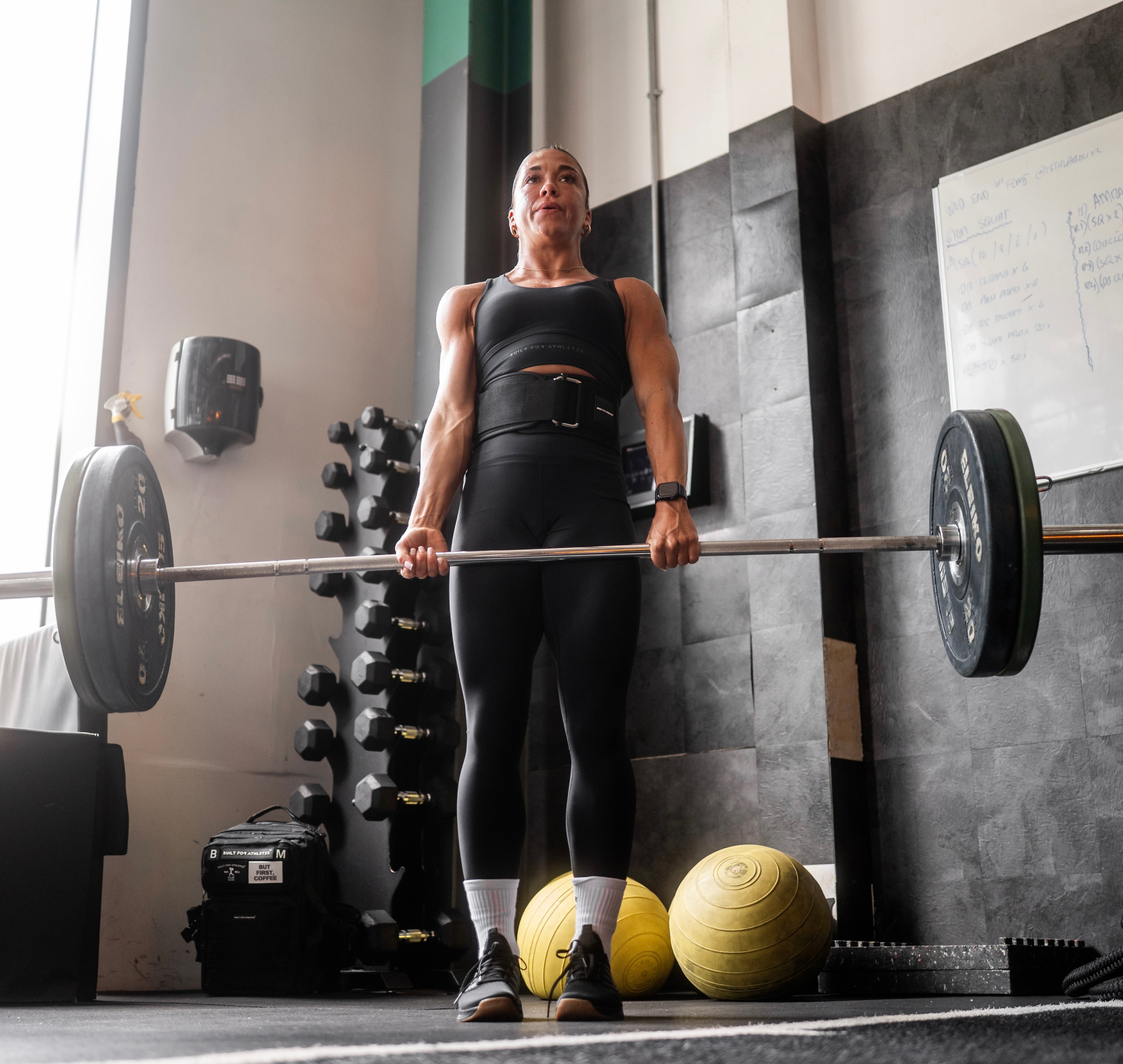
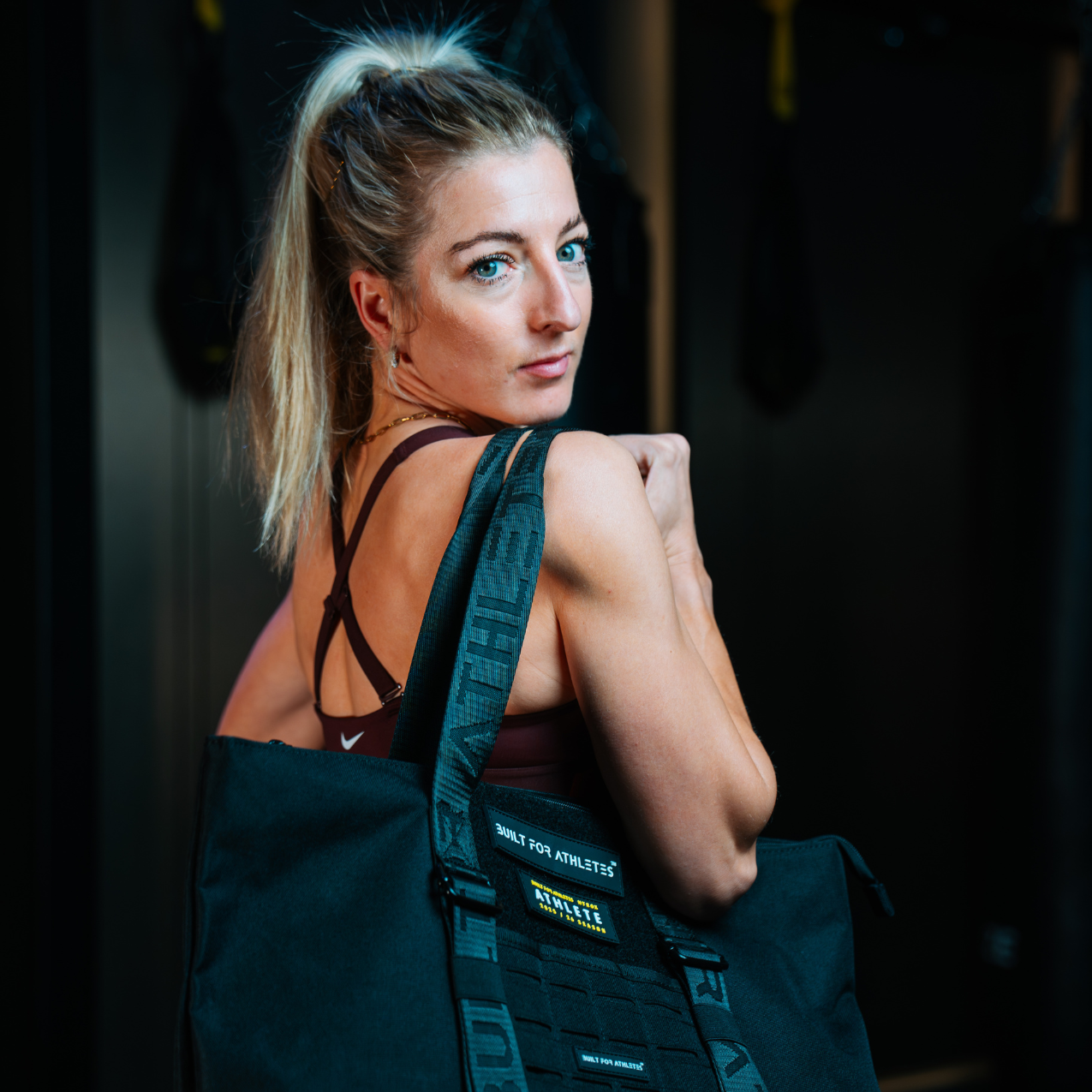
Share:
‘I Don’t Give A Shit’ - Lefteris Theofanidis Reacts To Positive Drug Test
6 Callisthenics Exercises to add to your workout